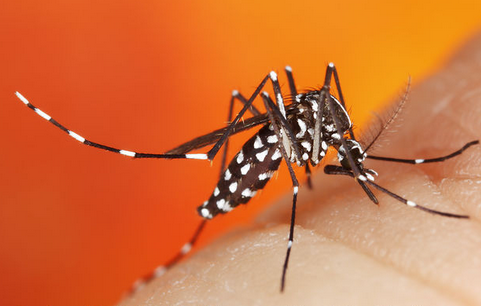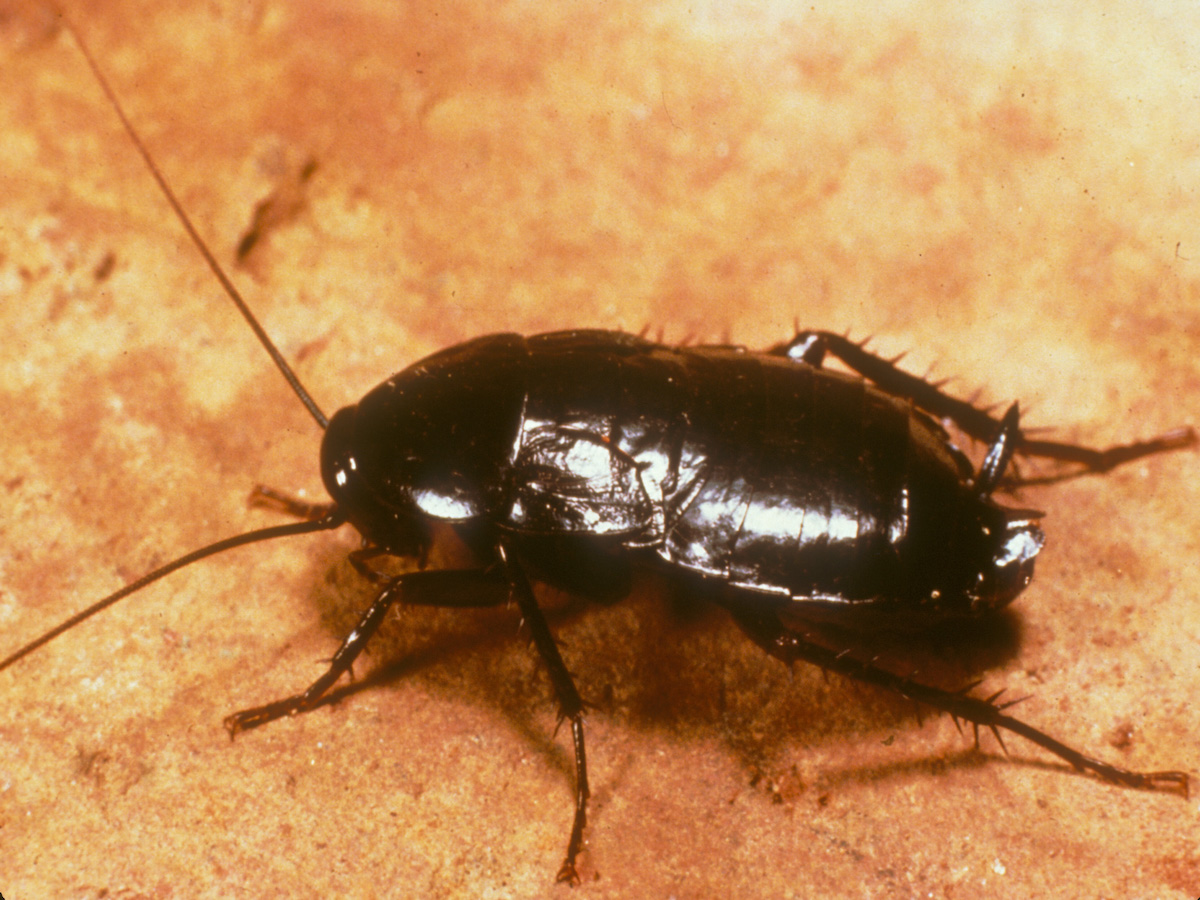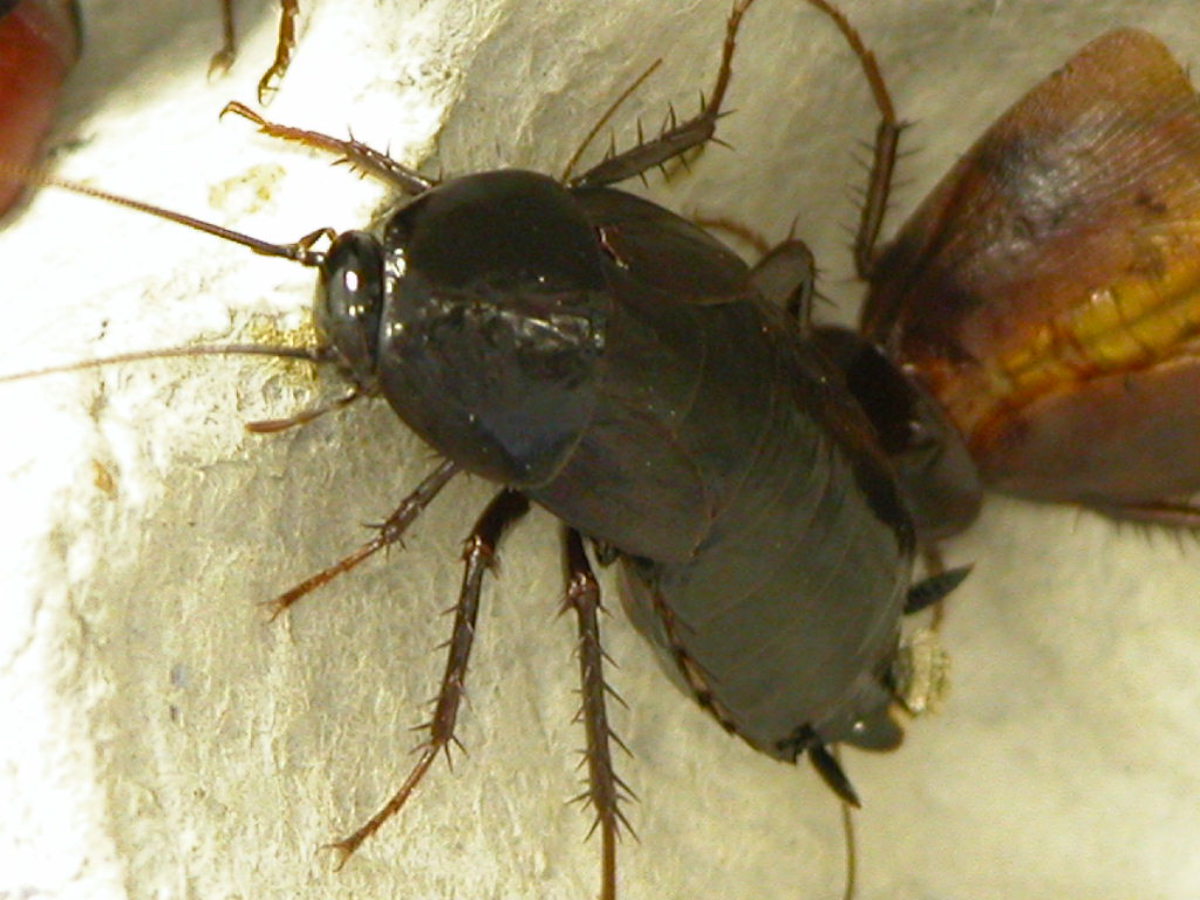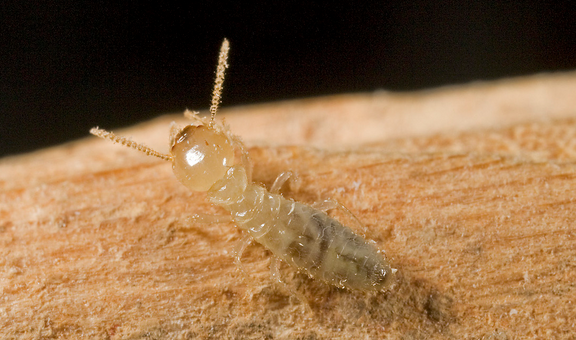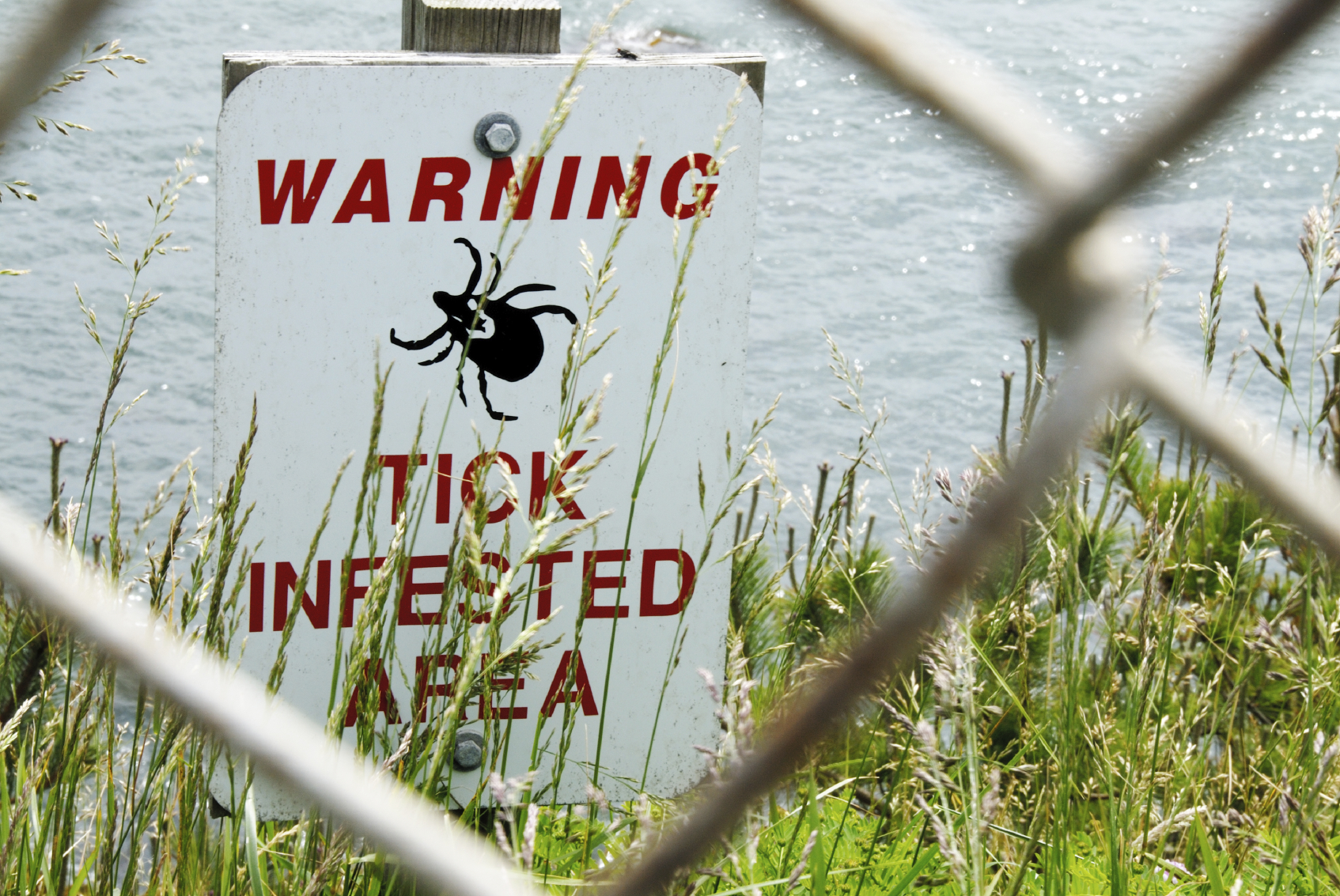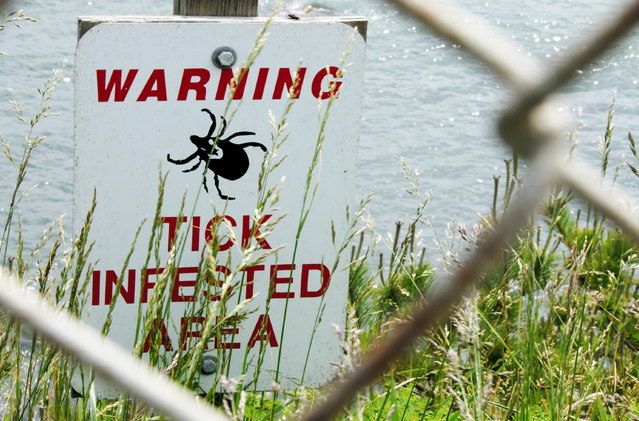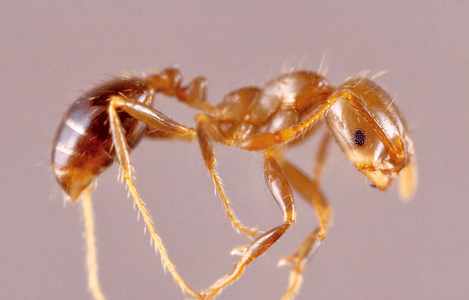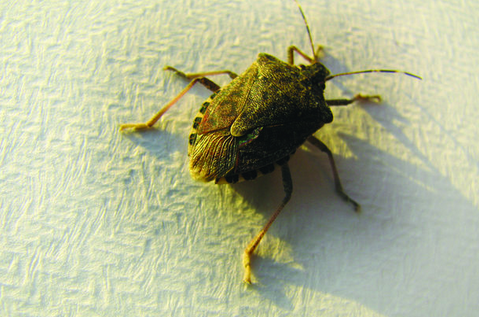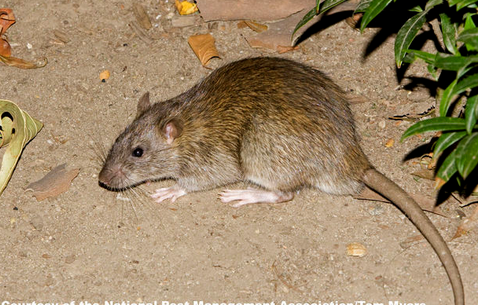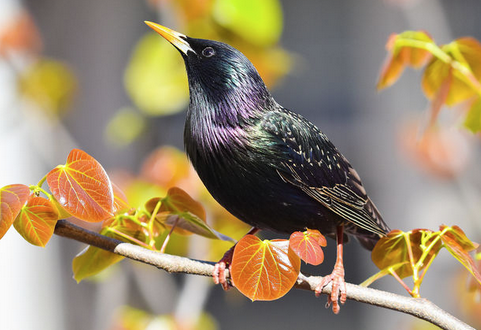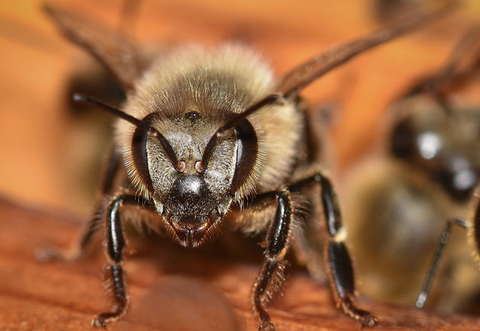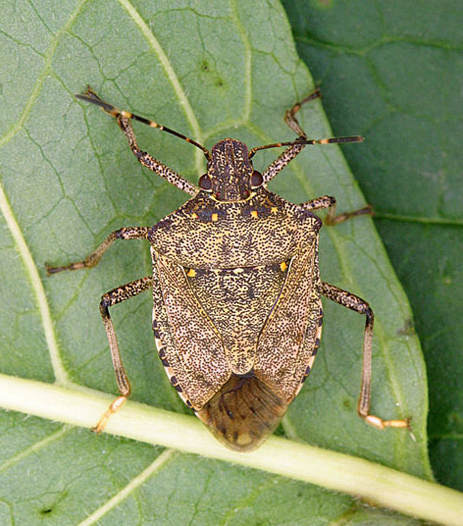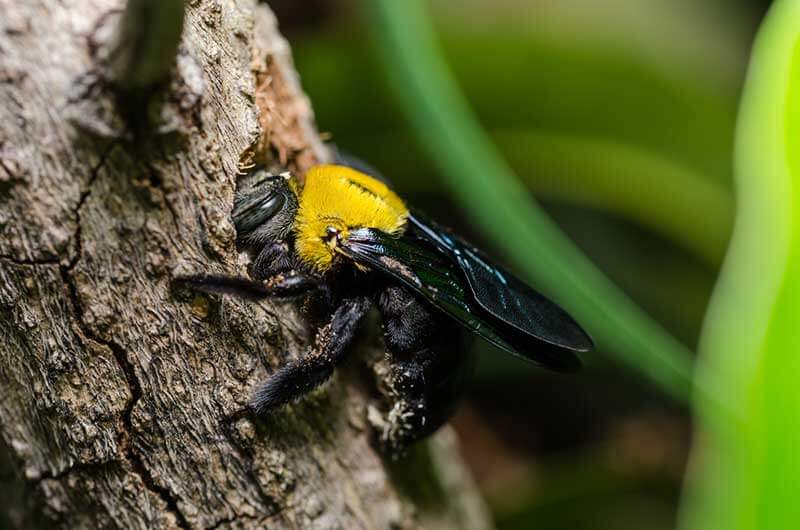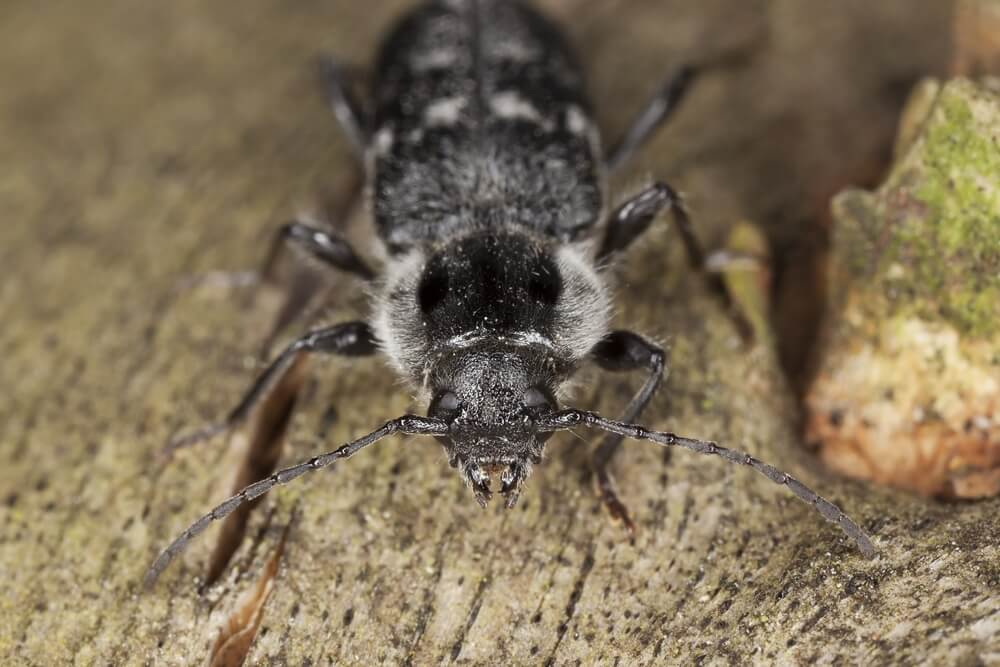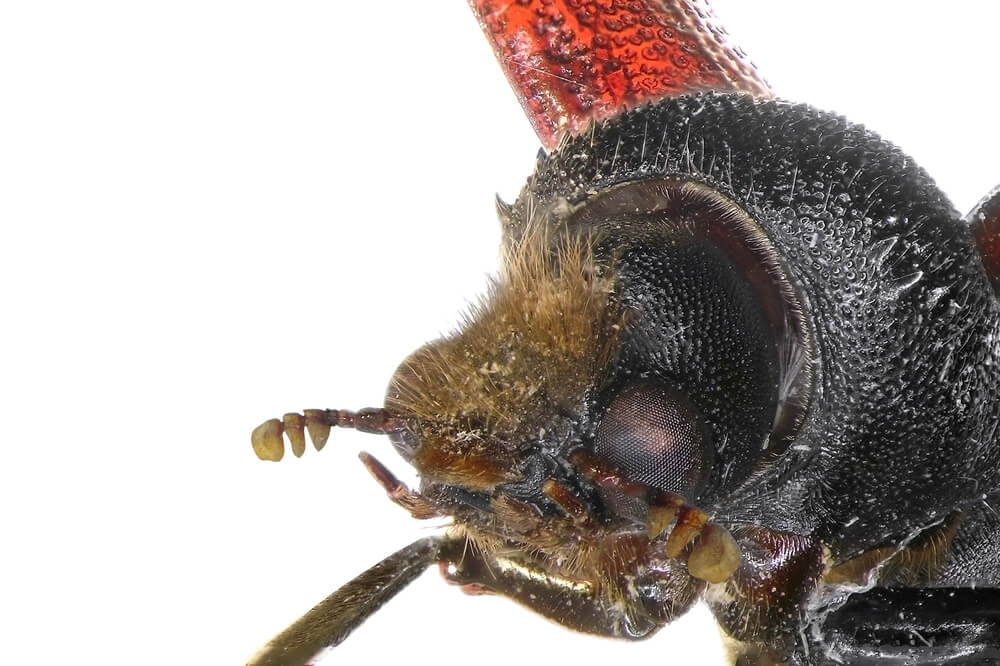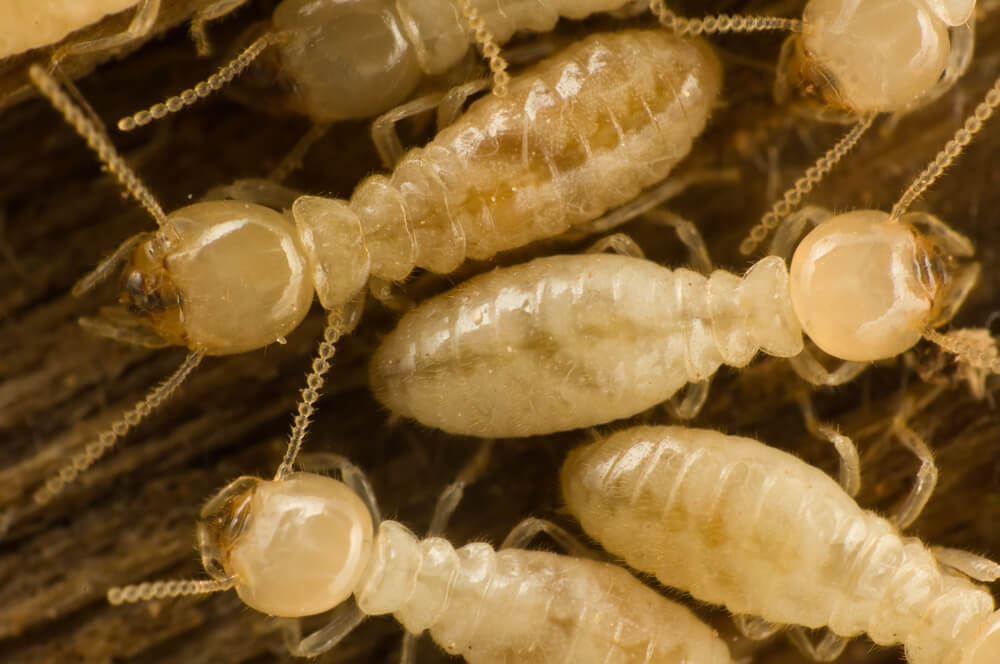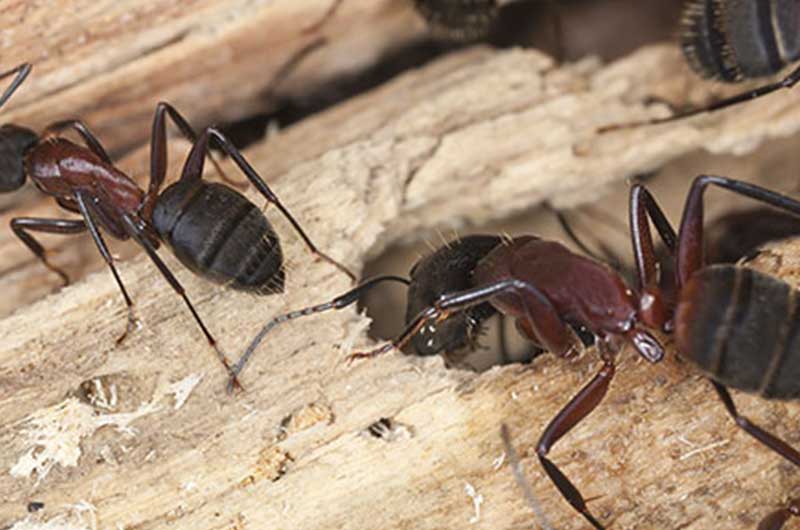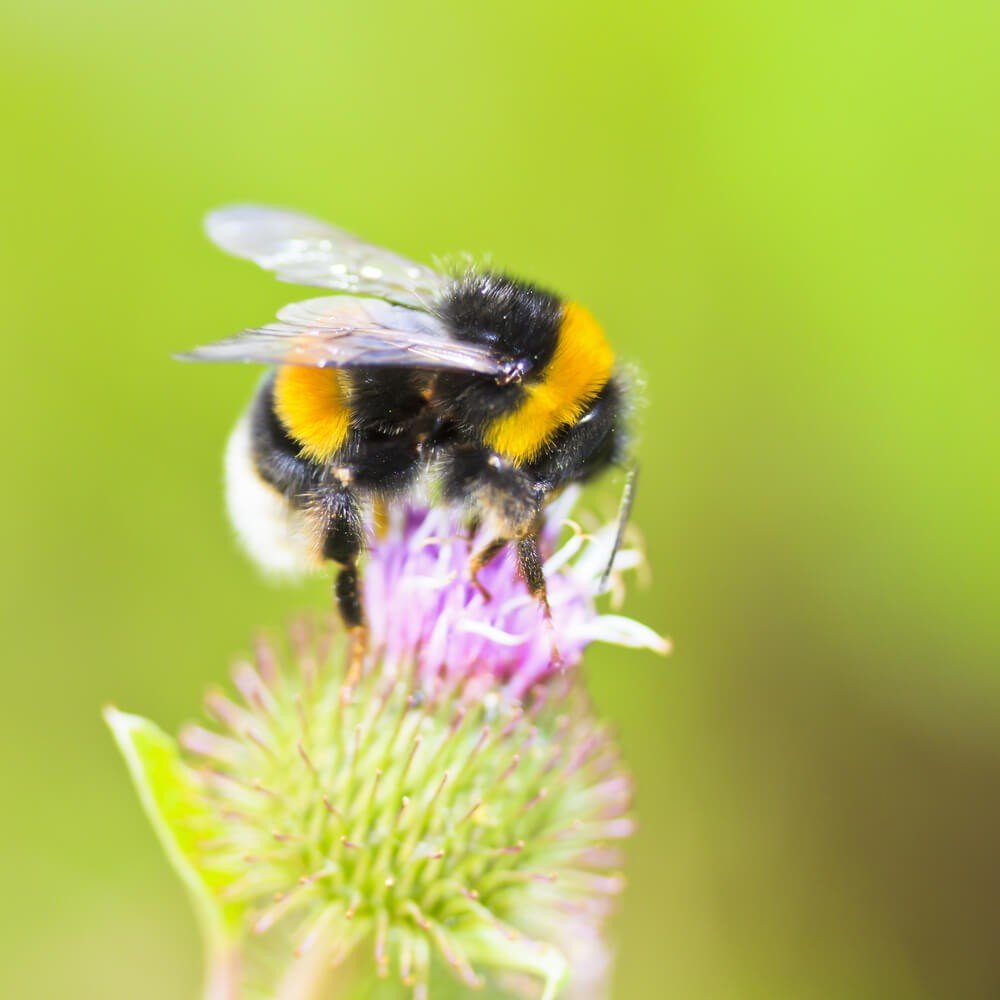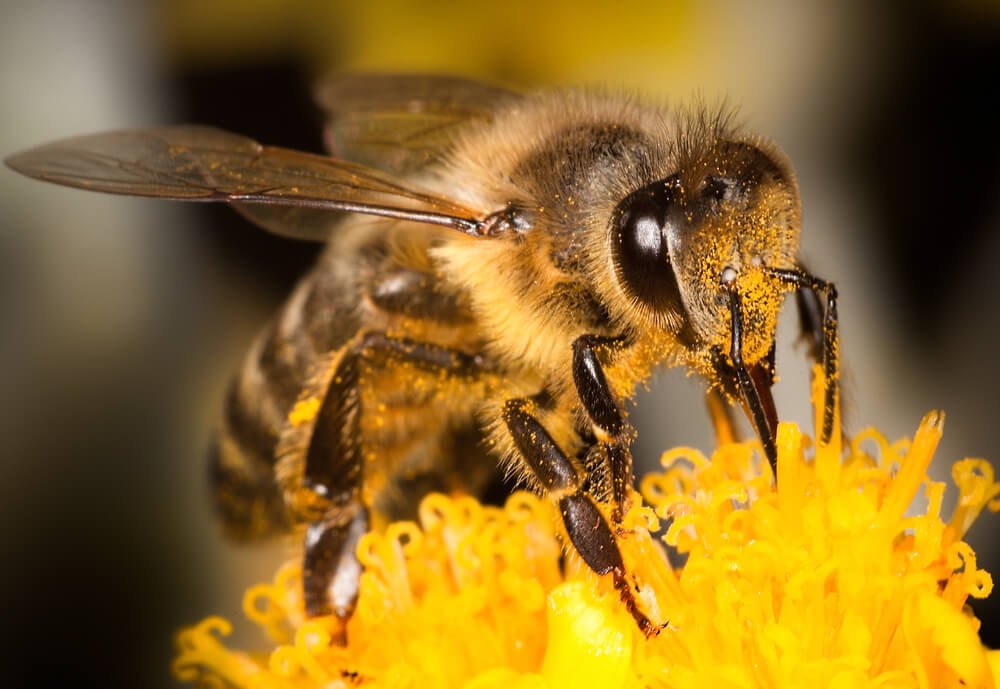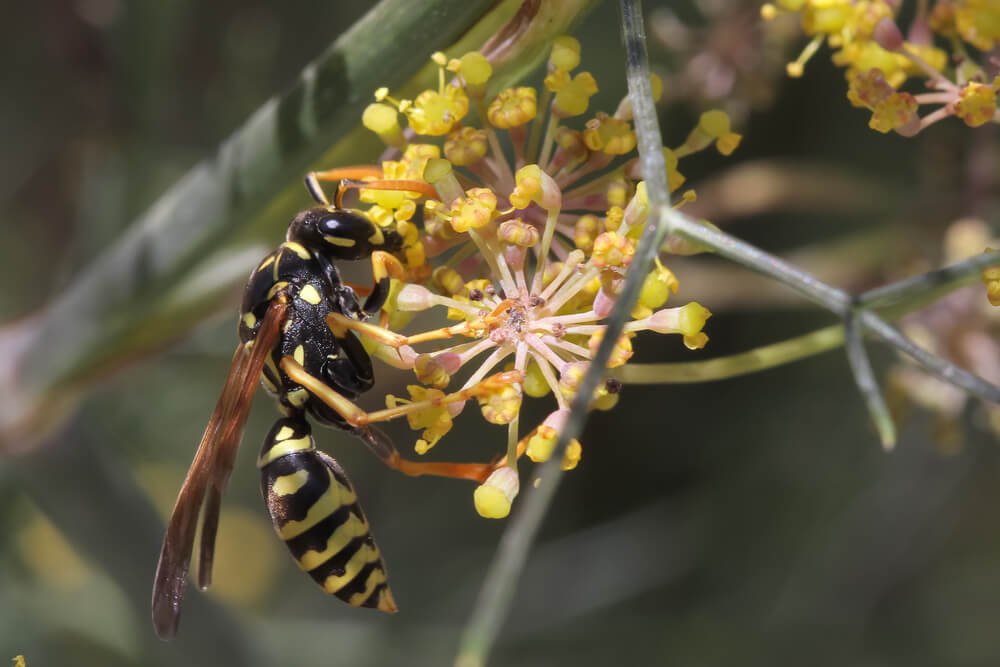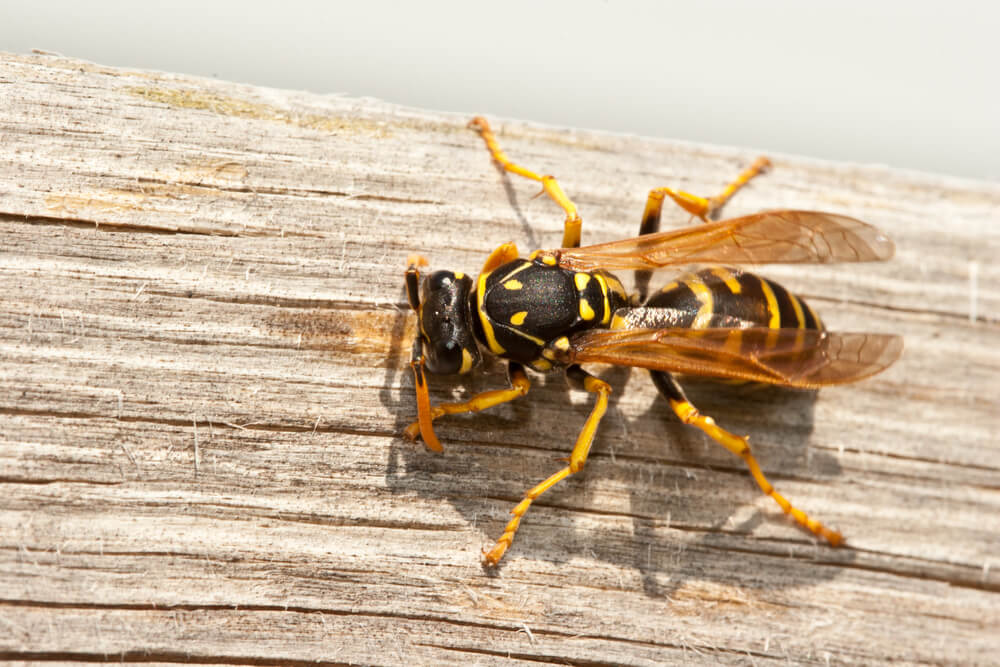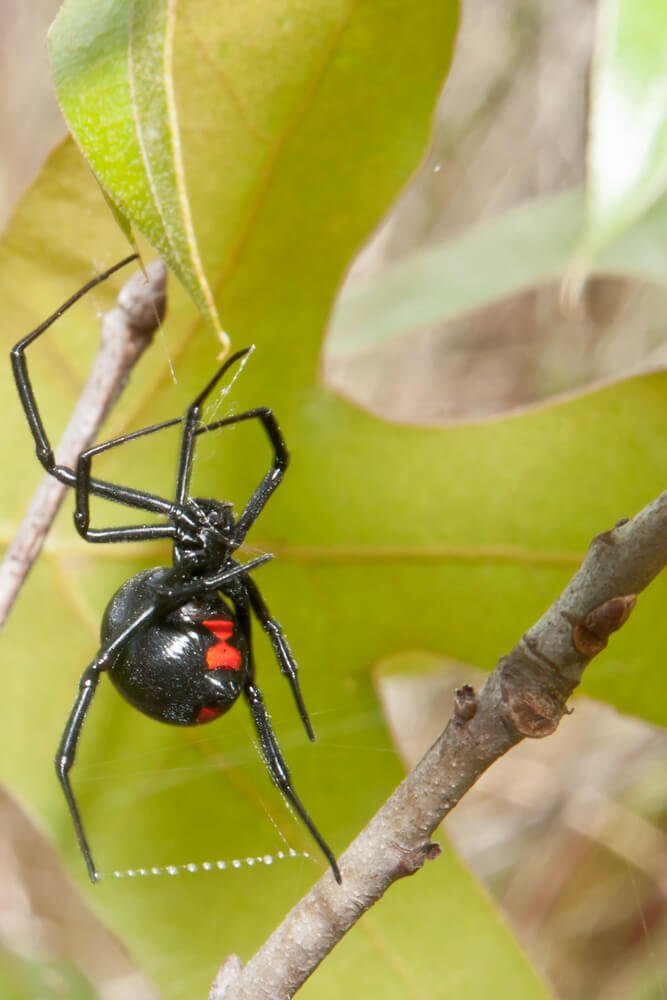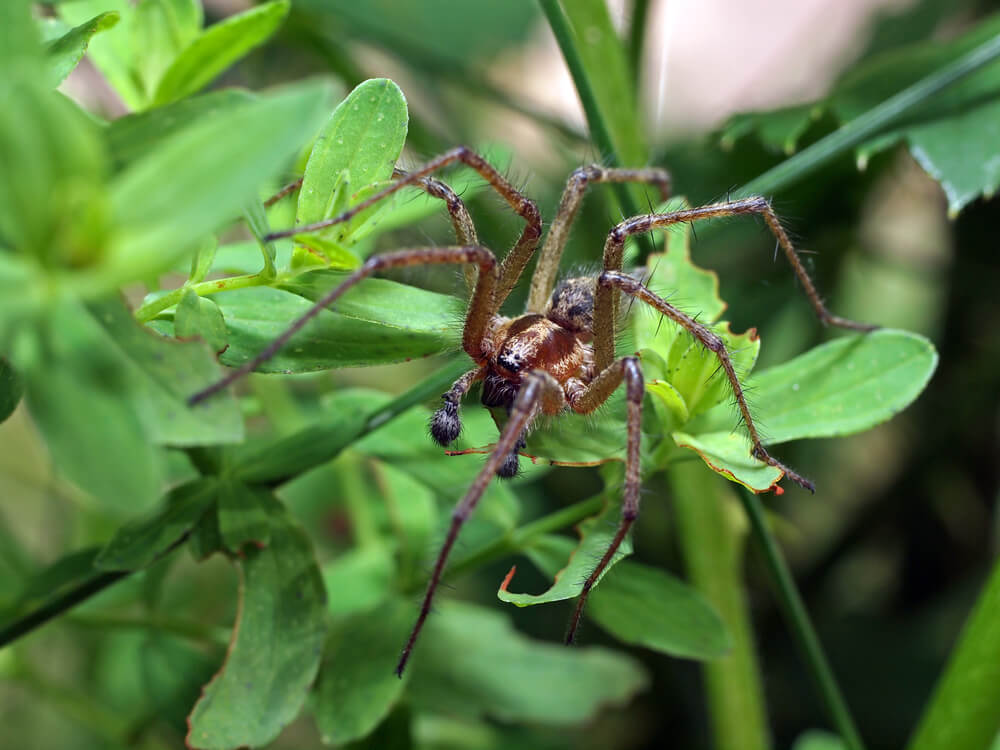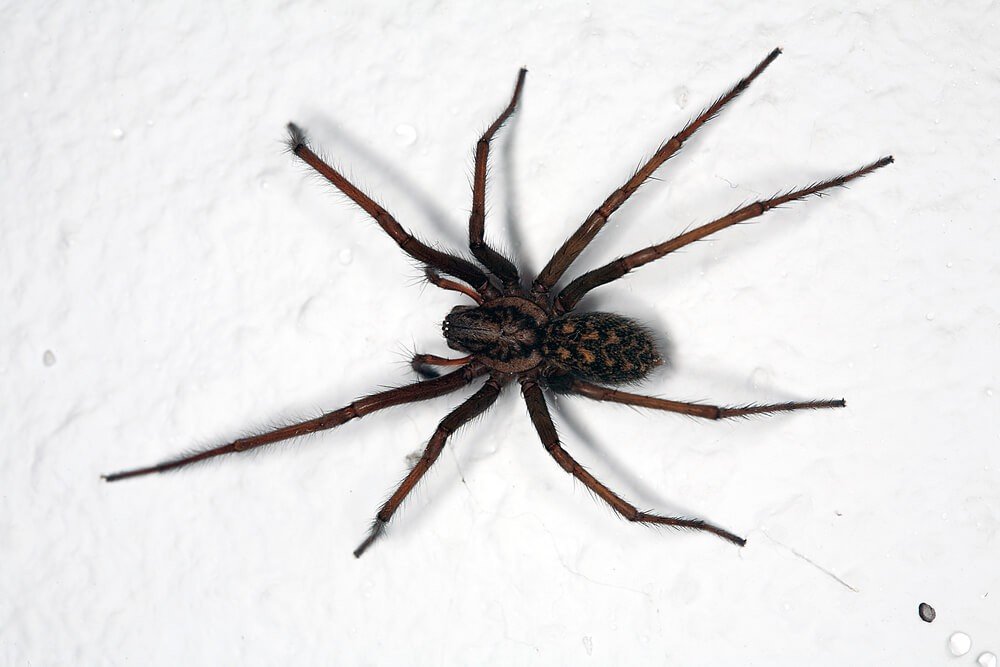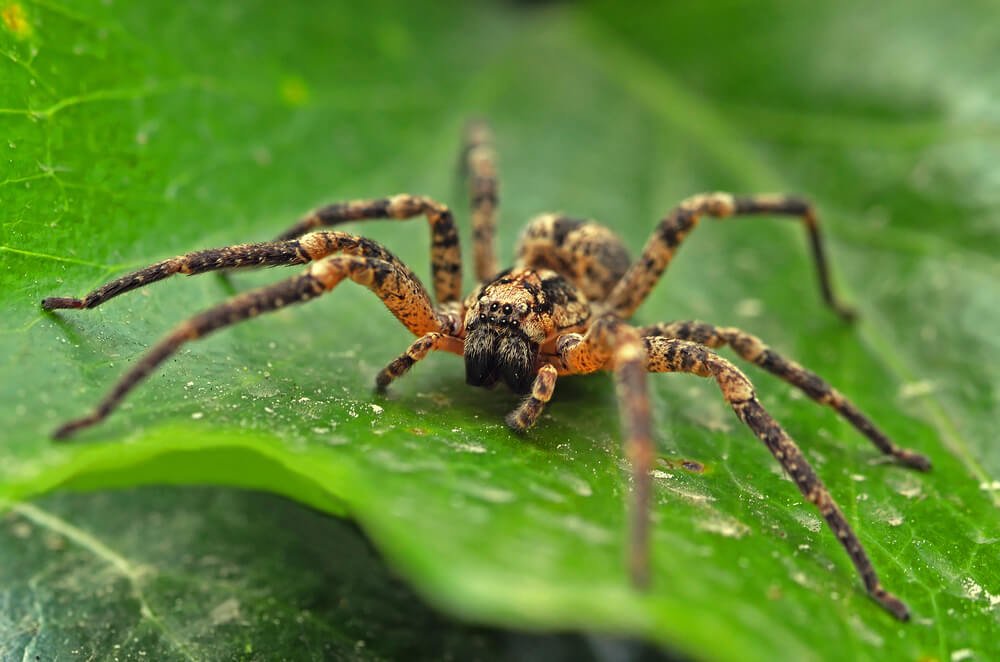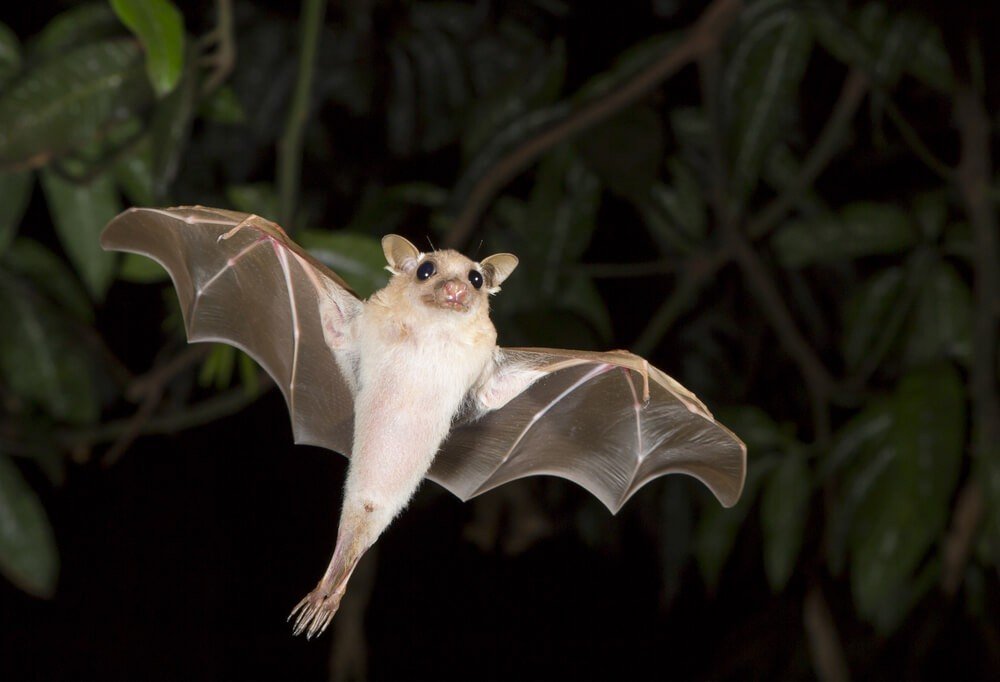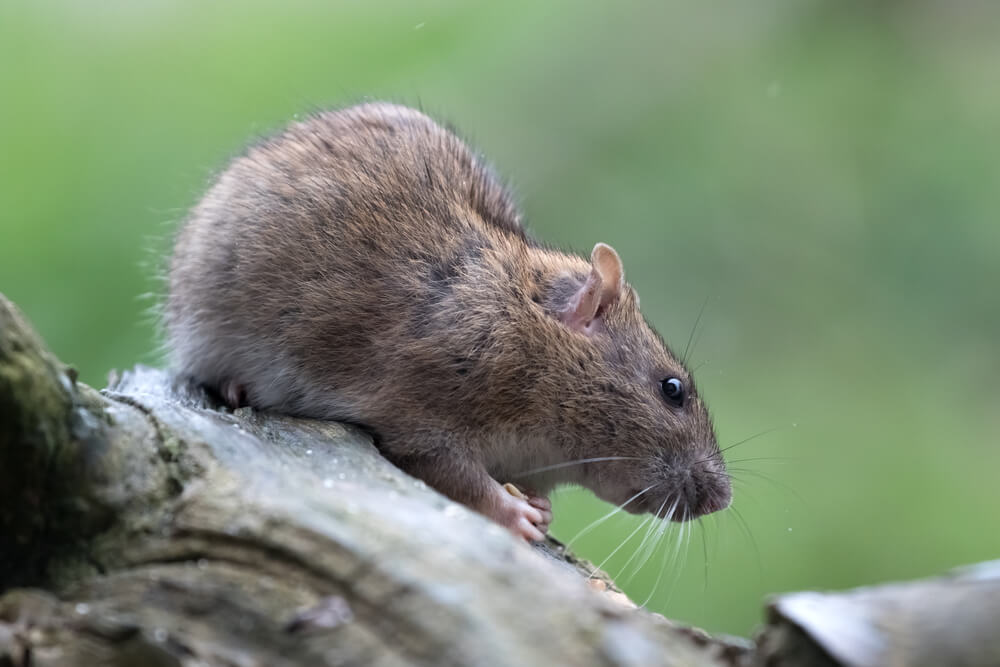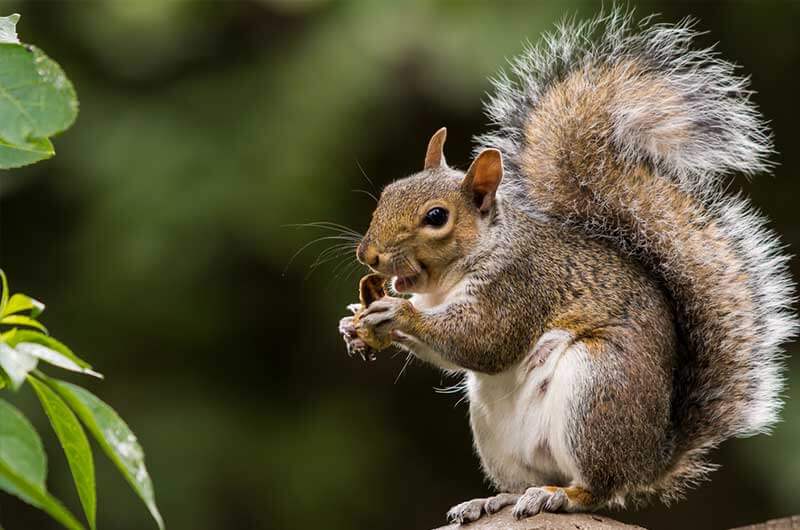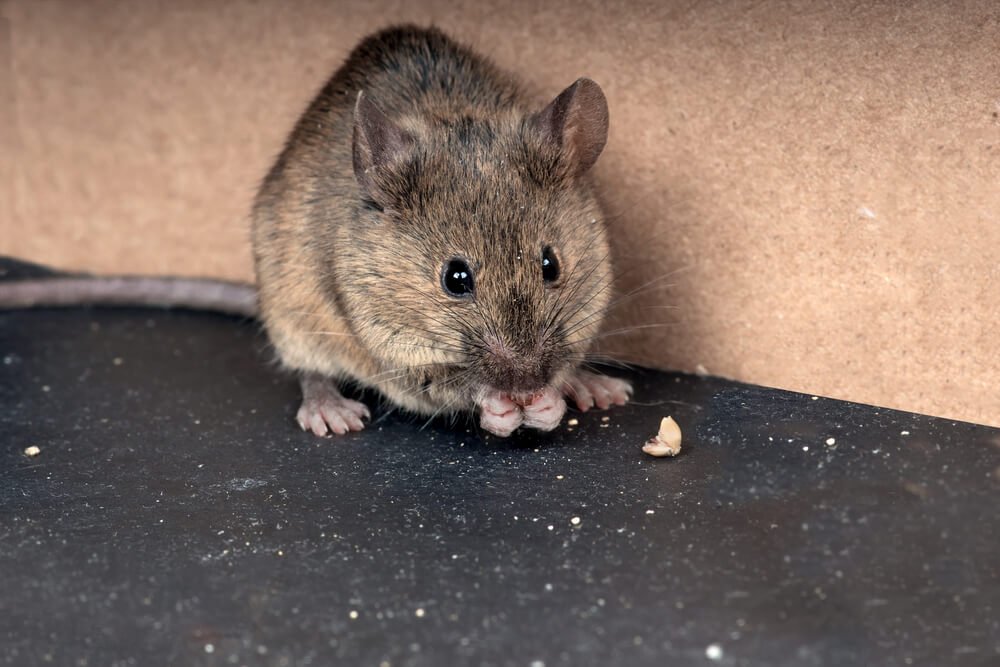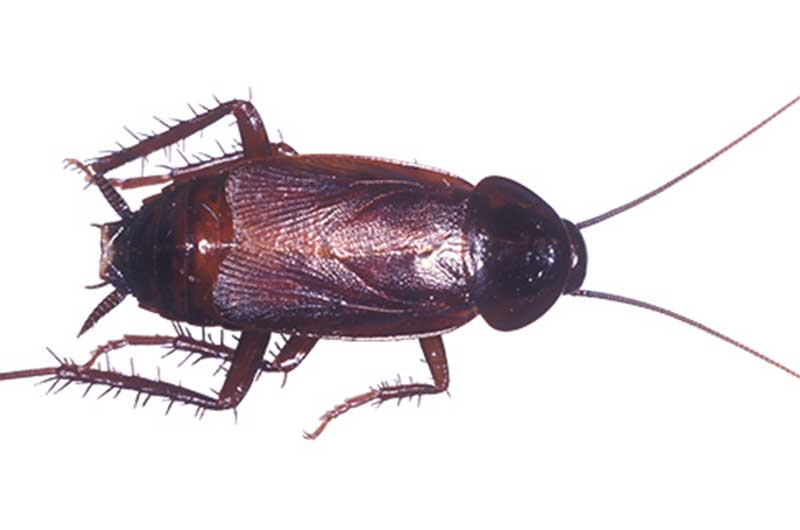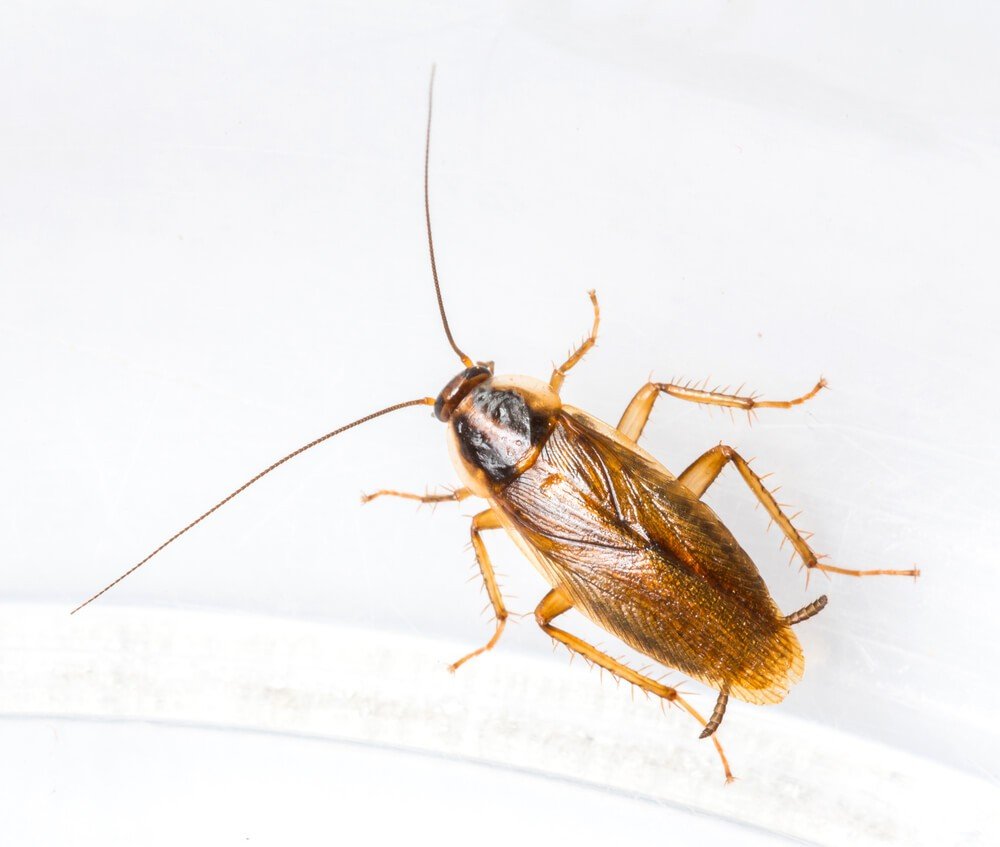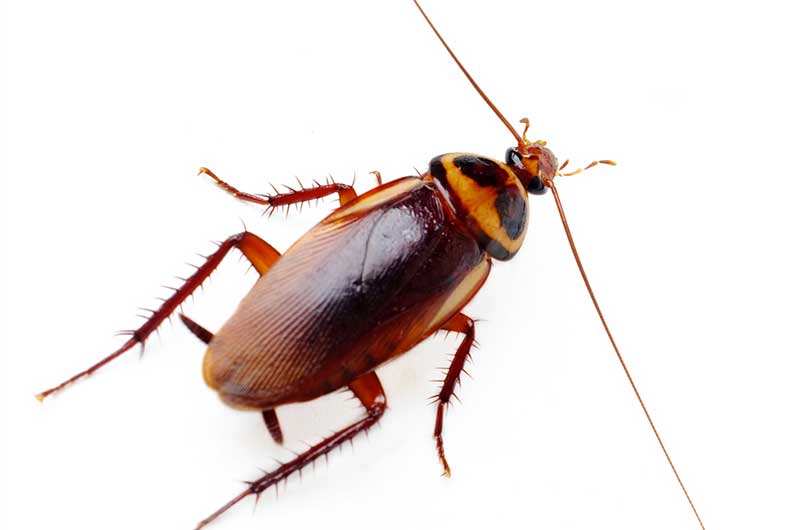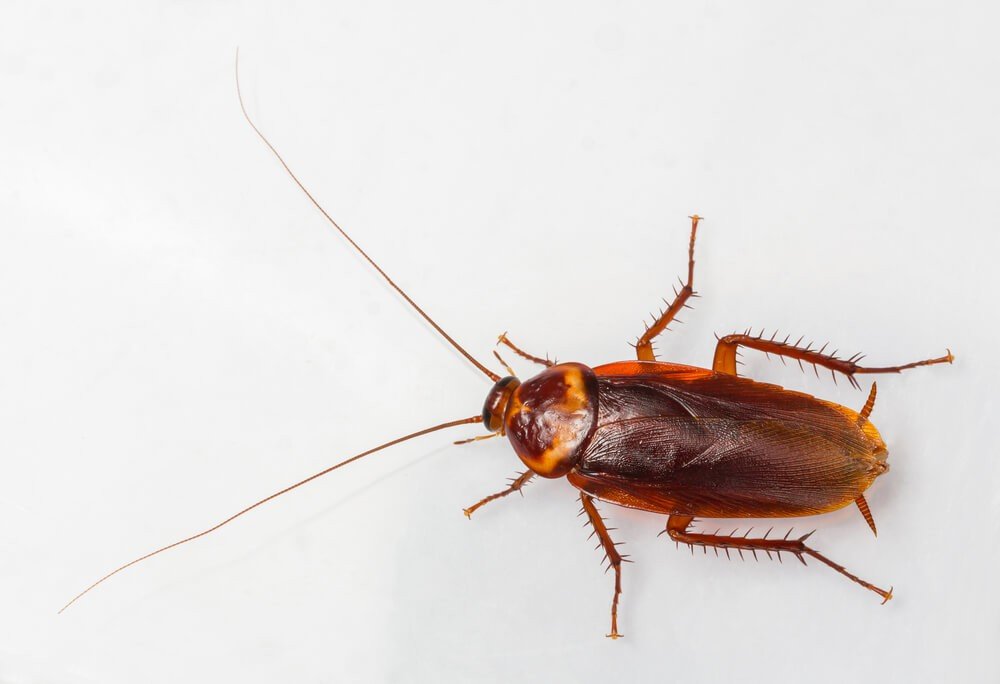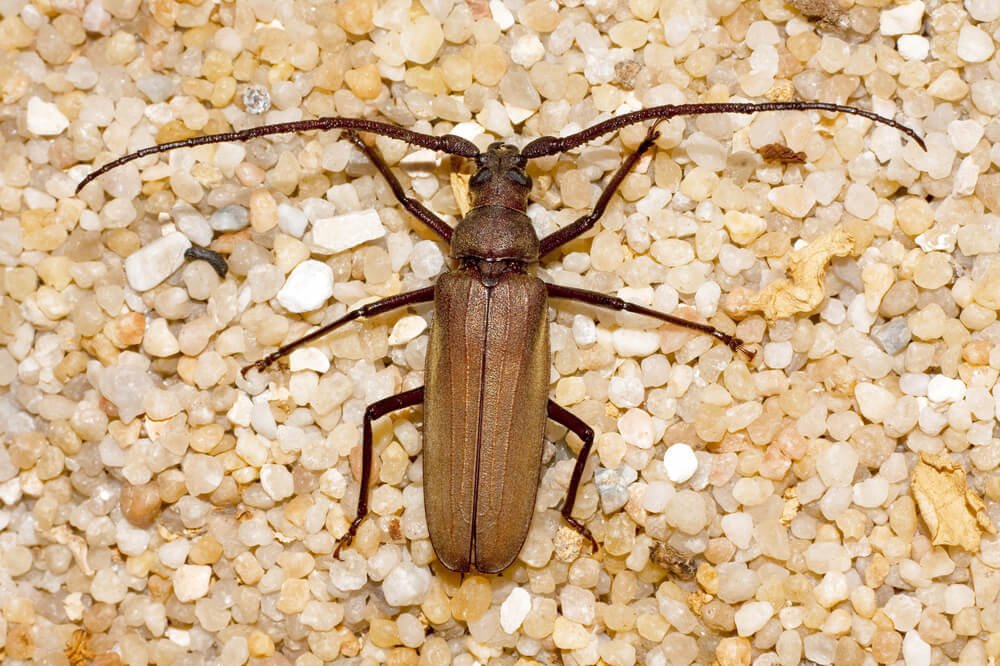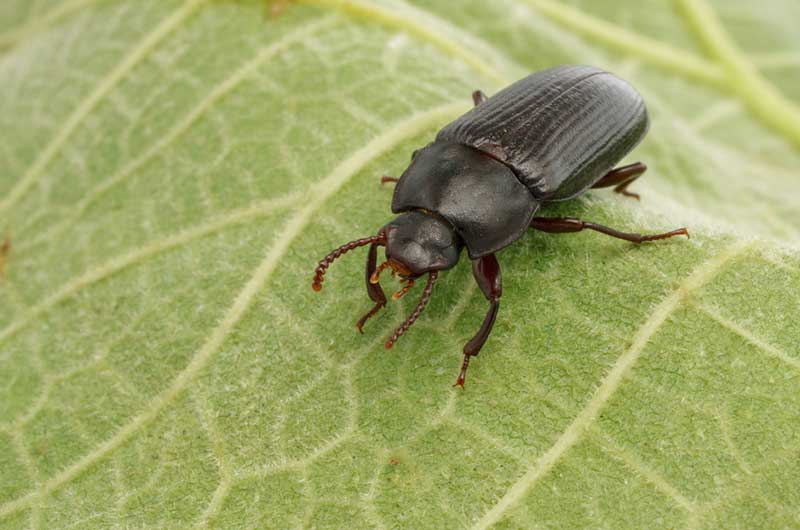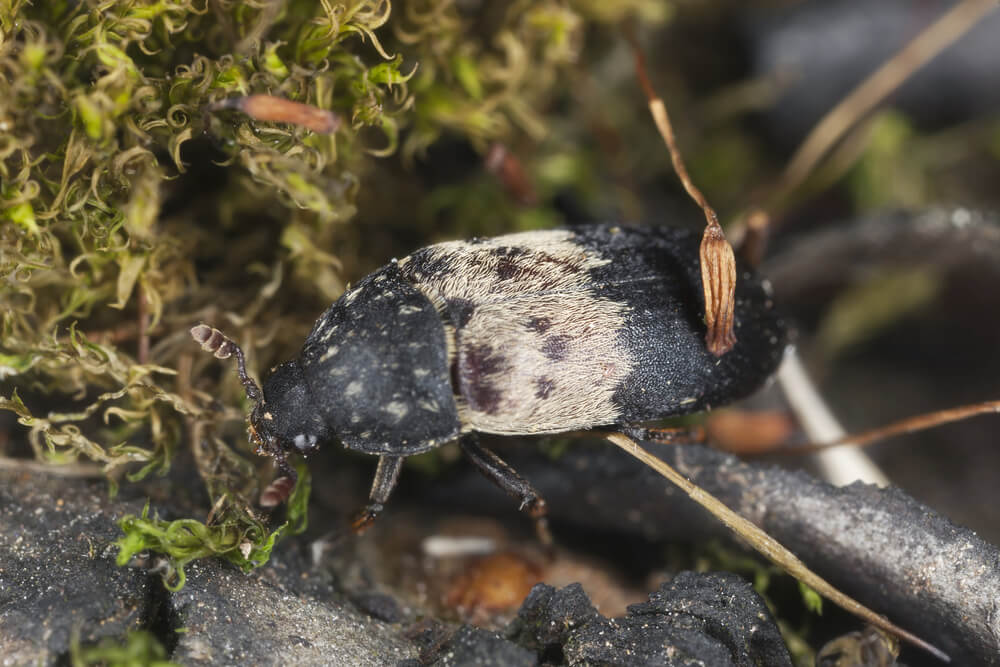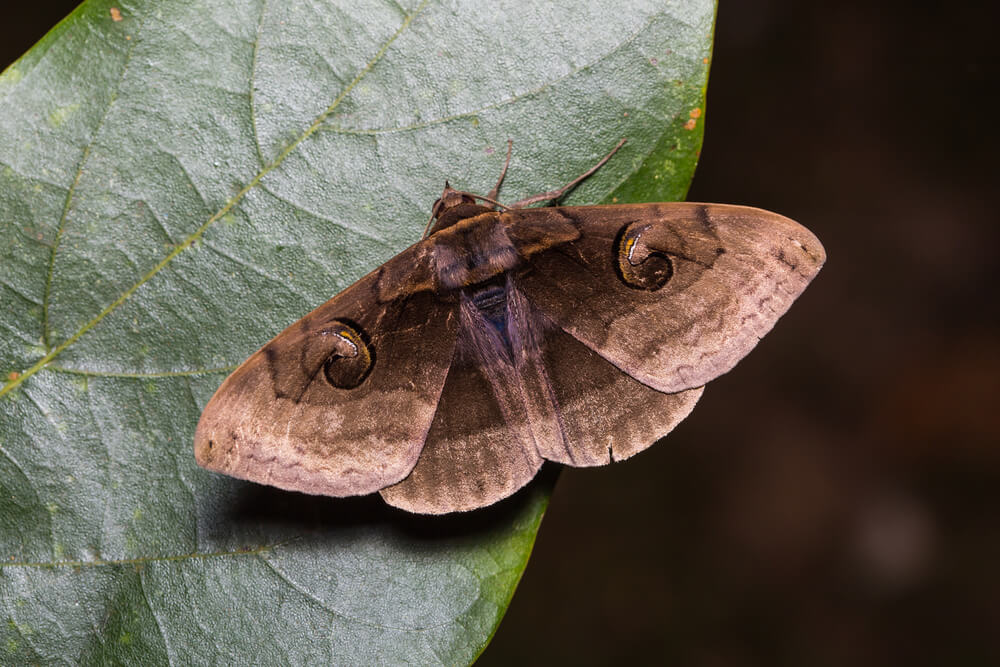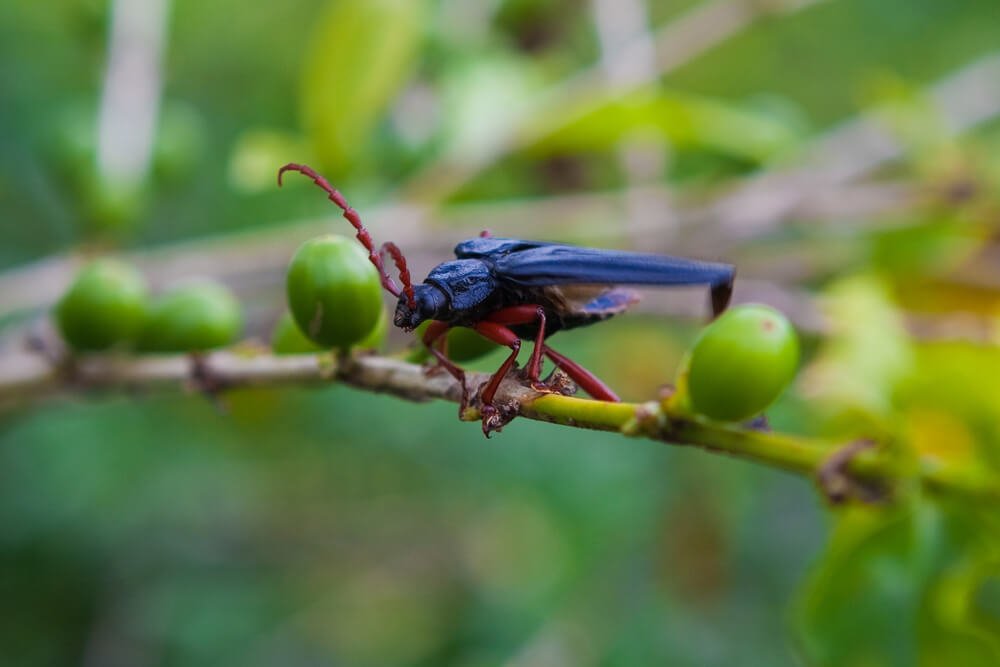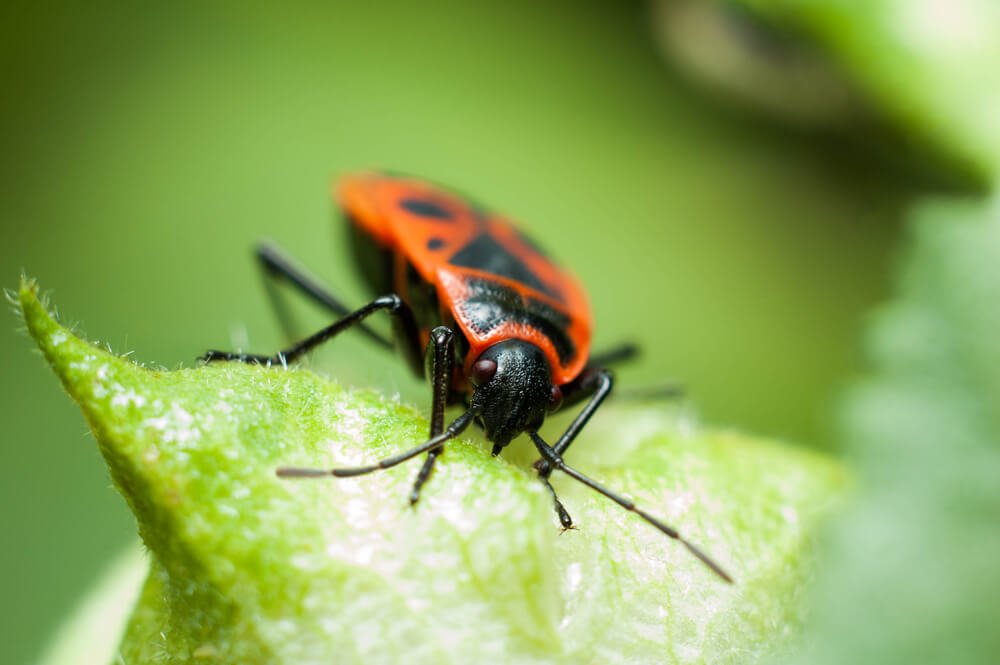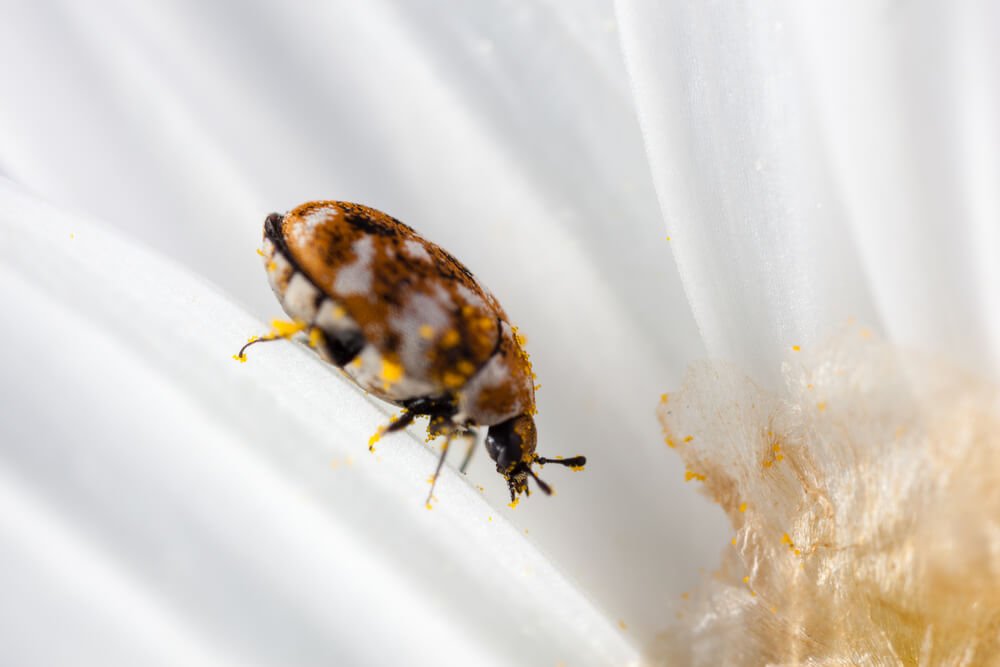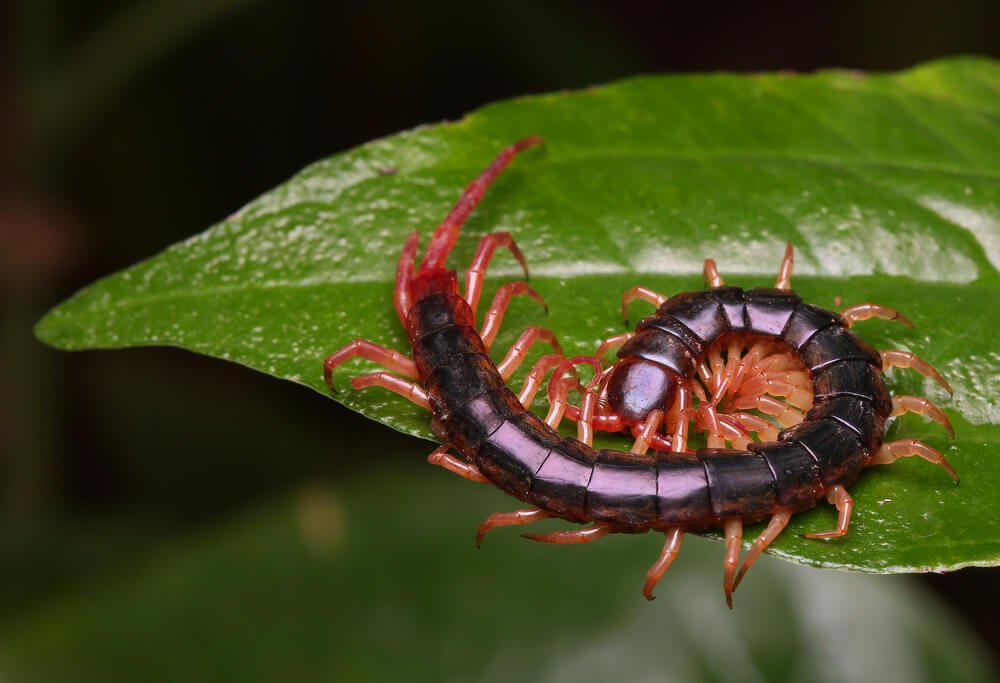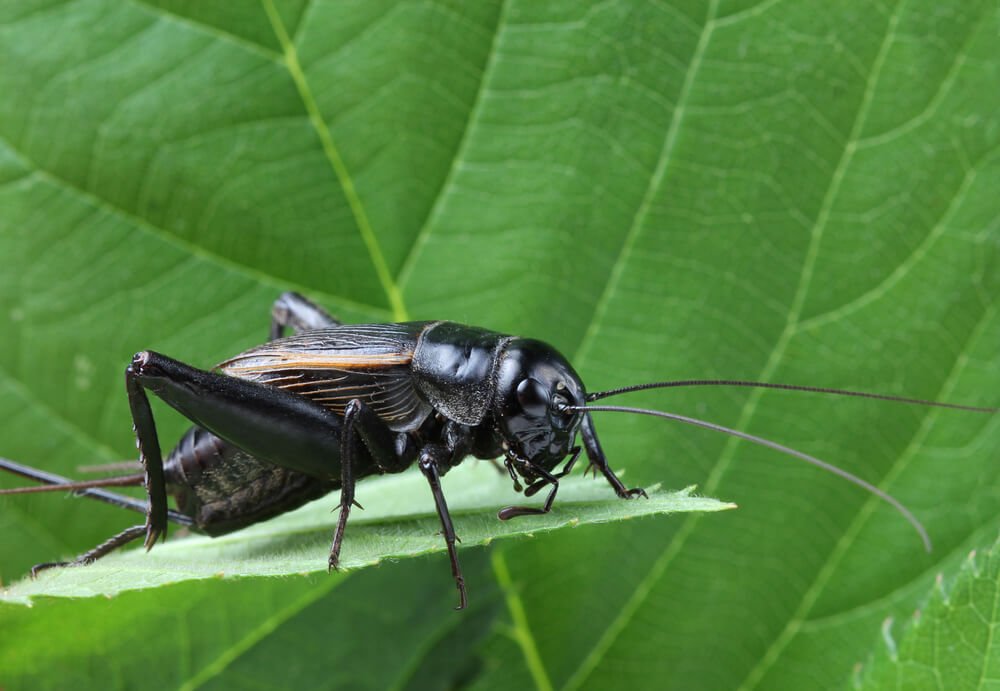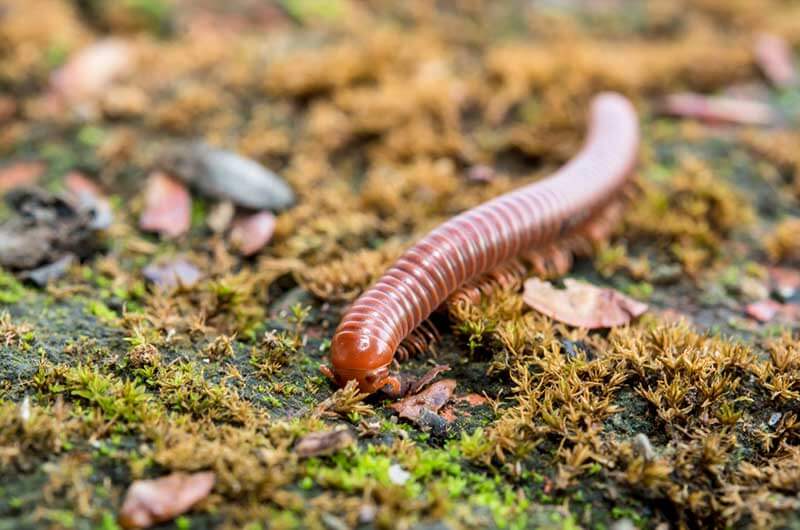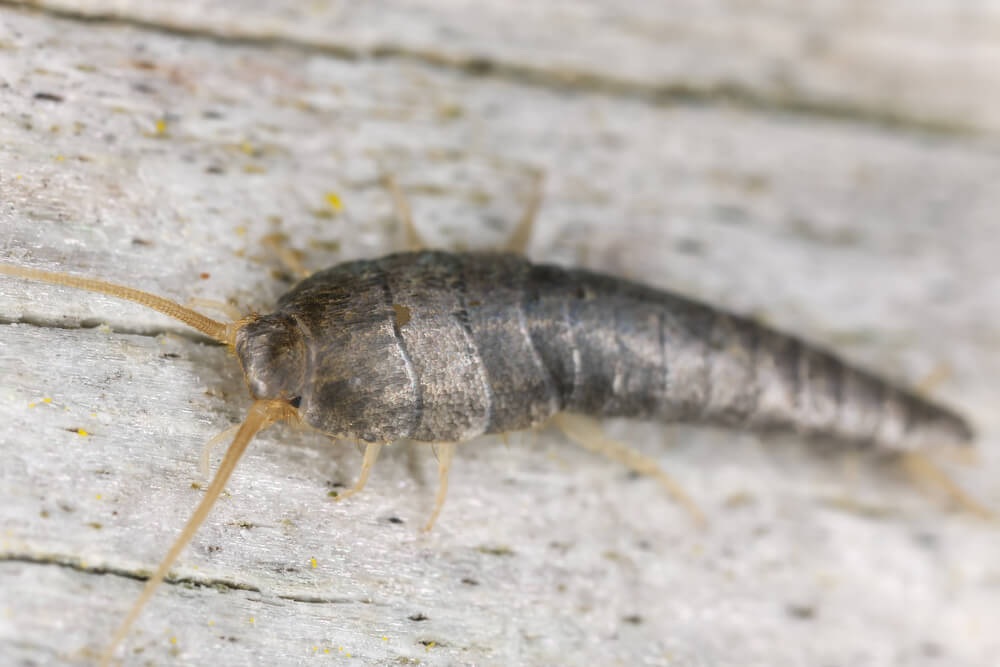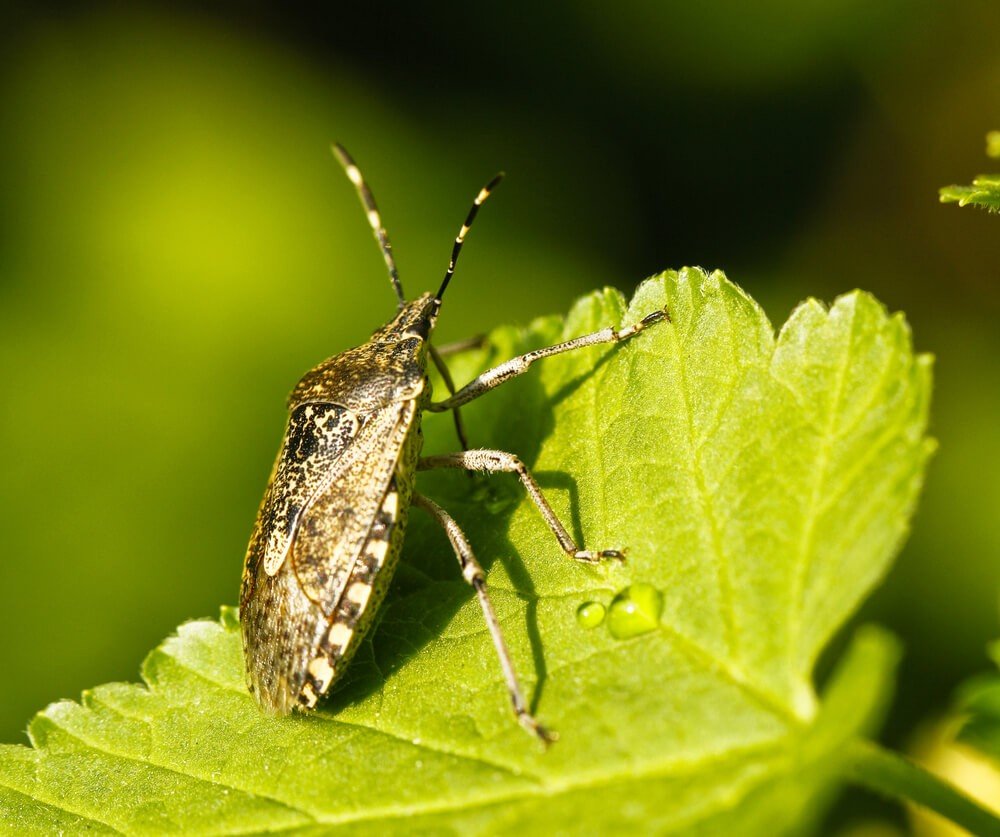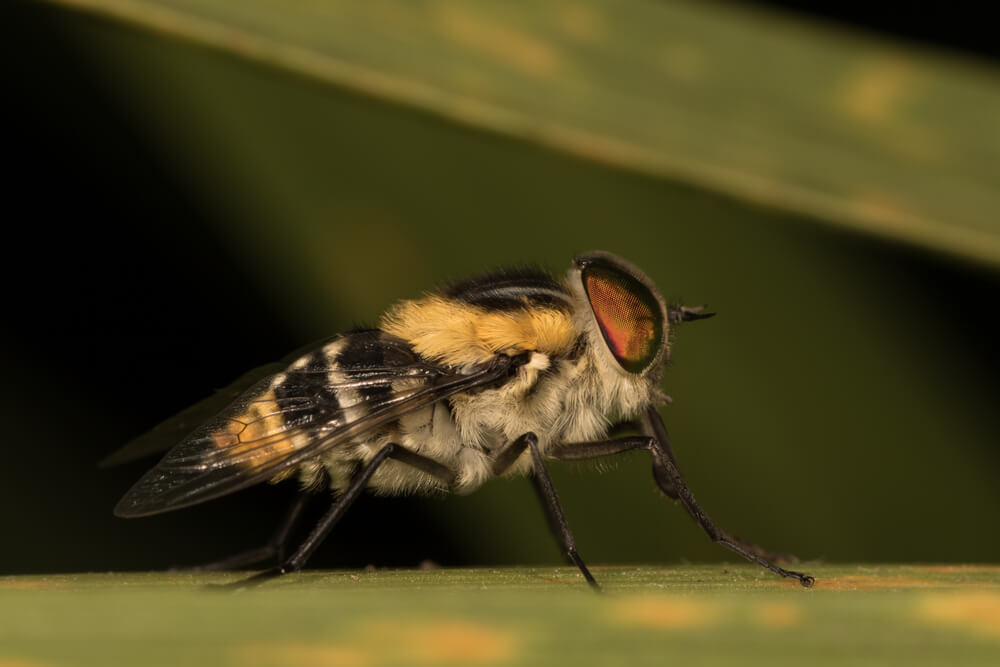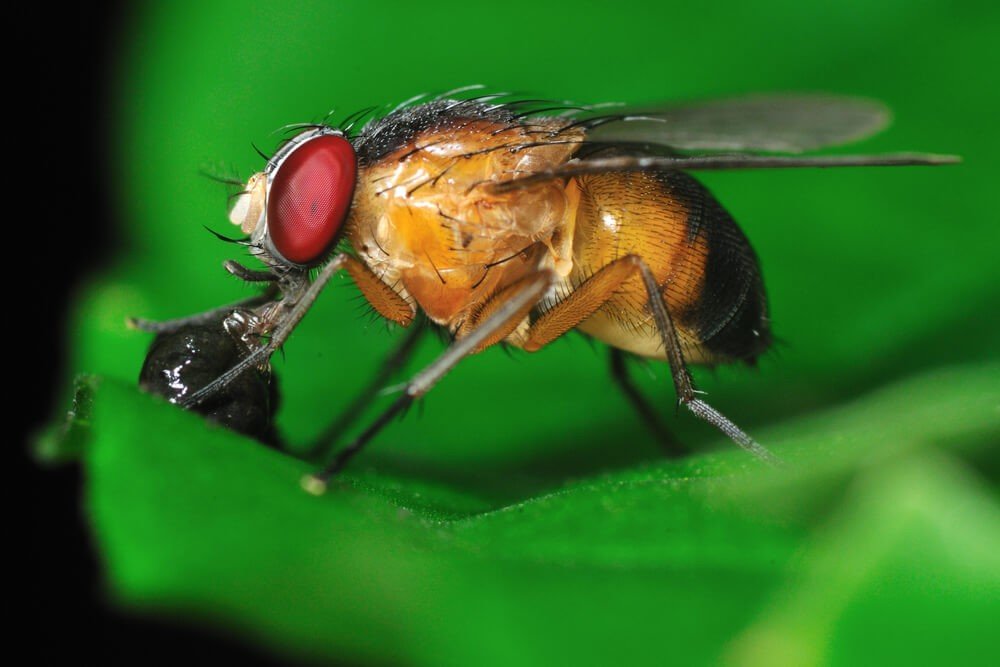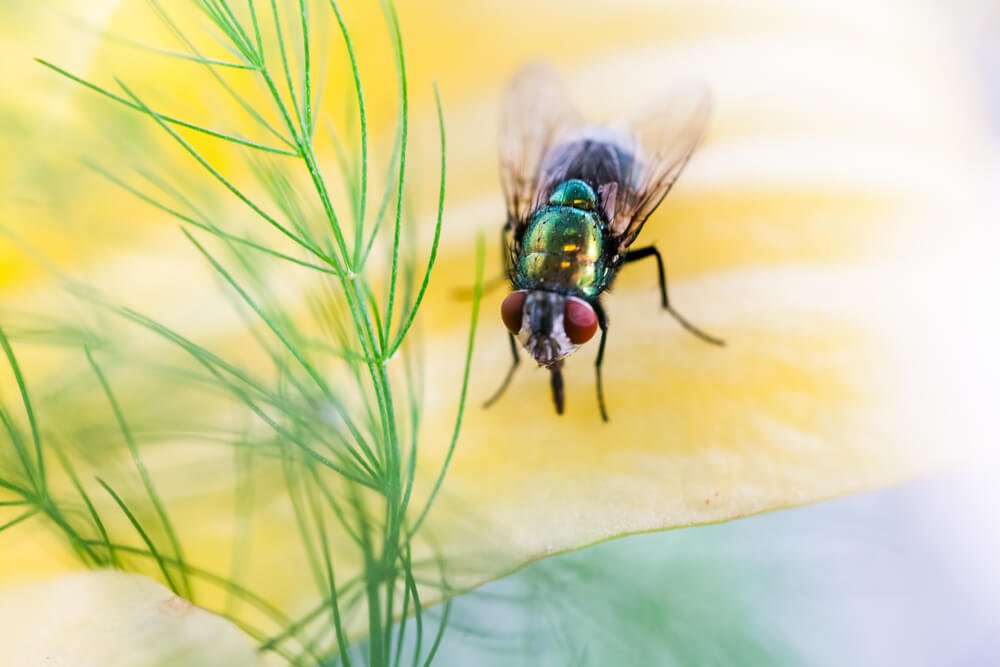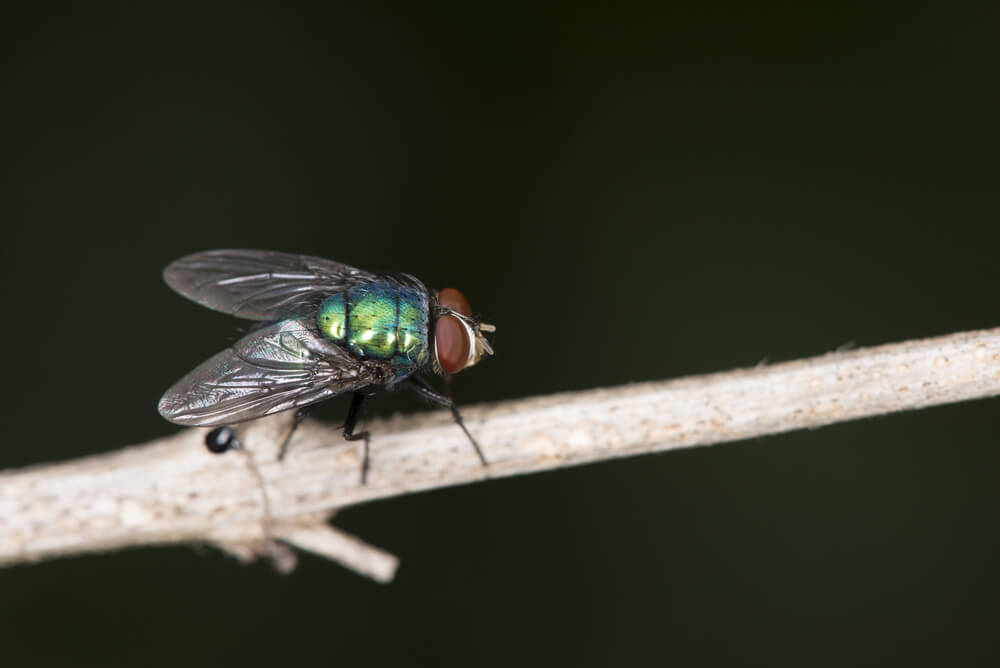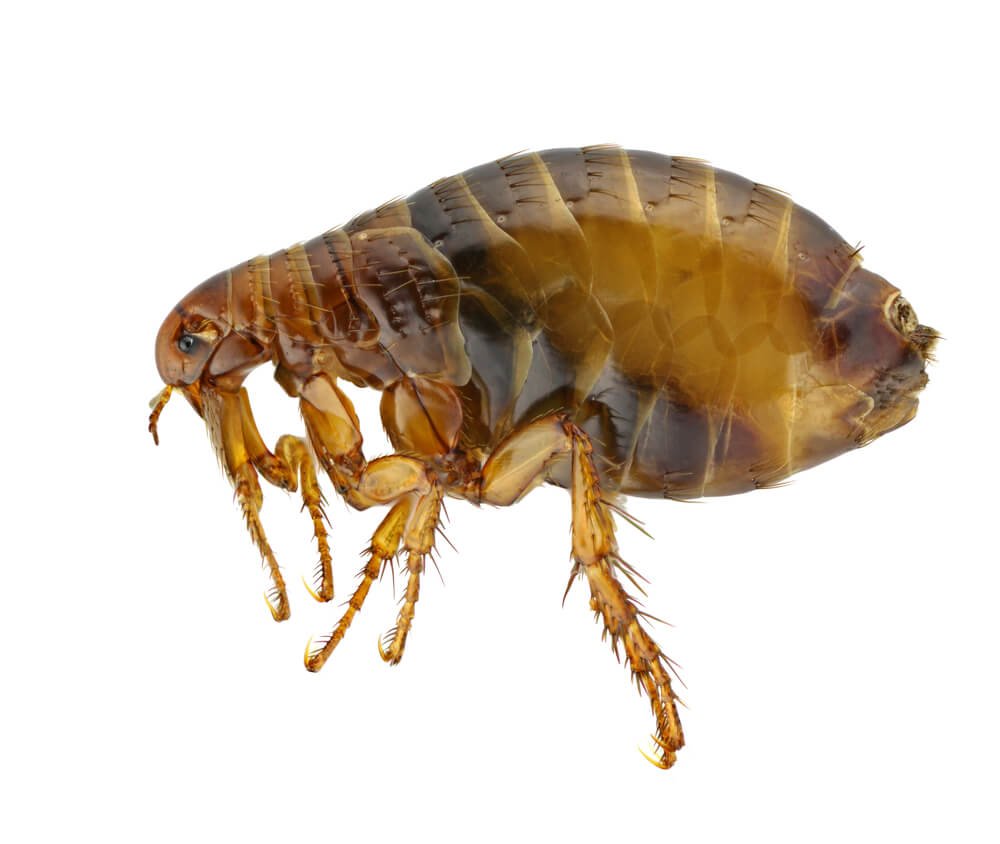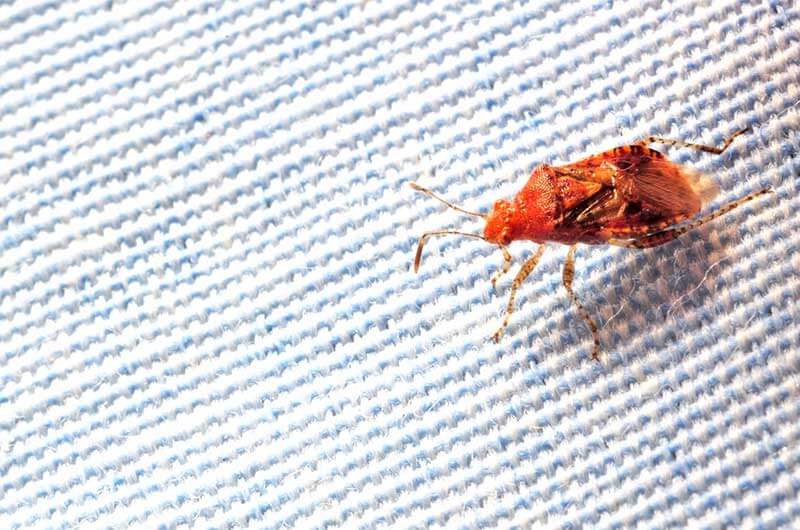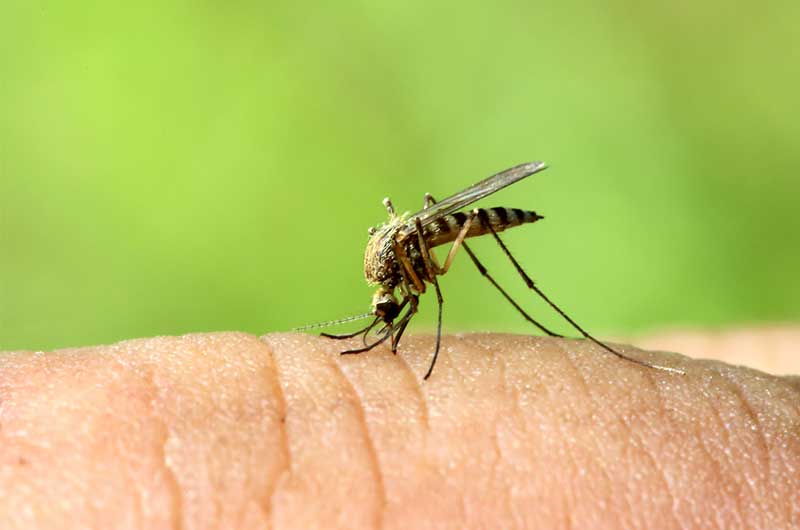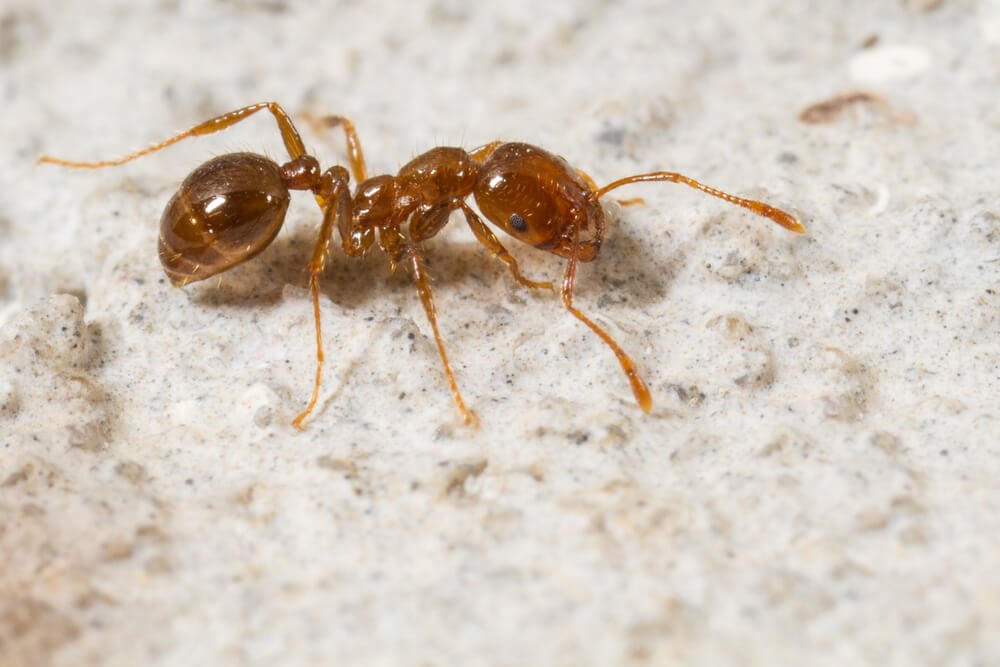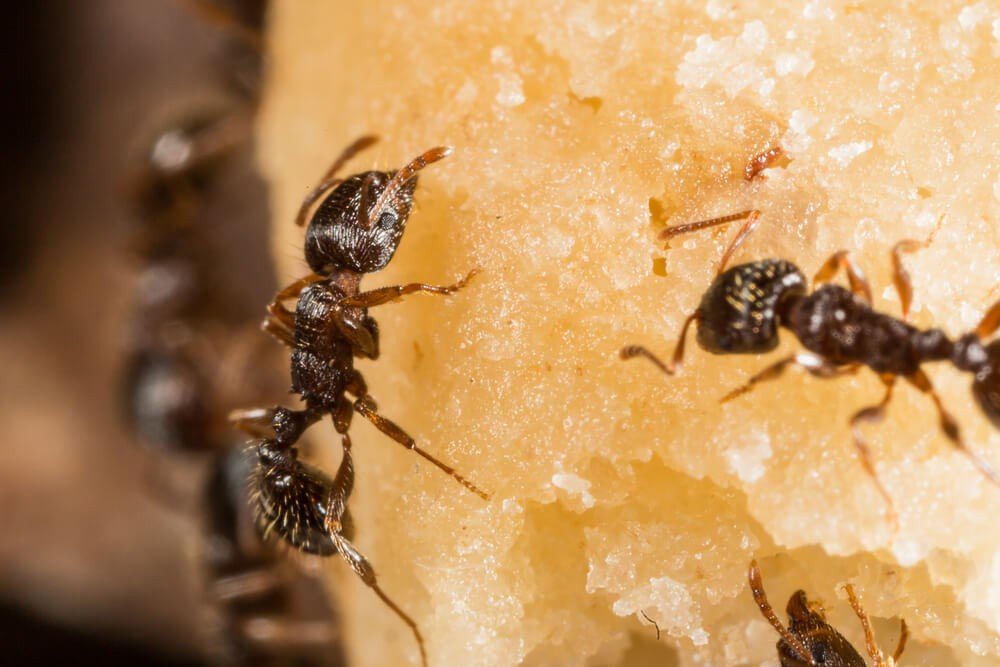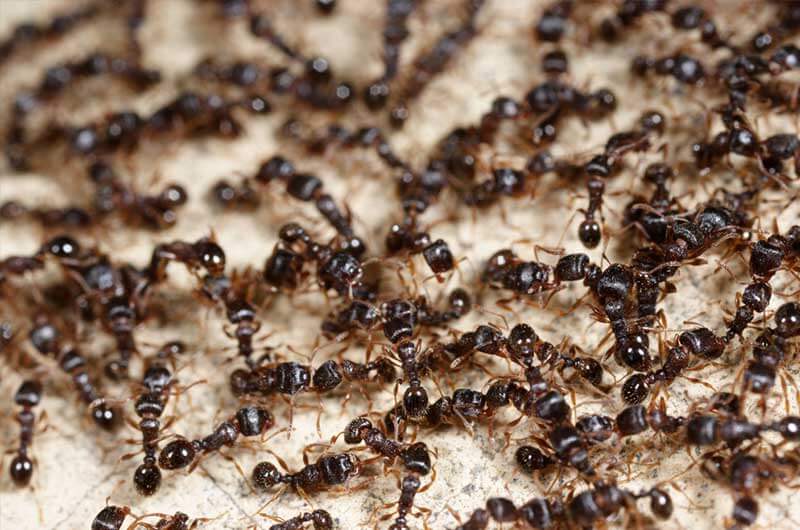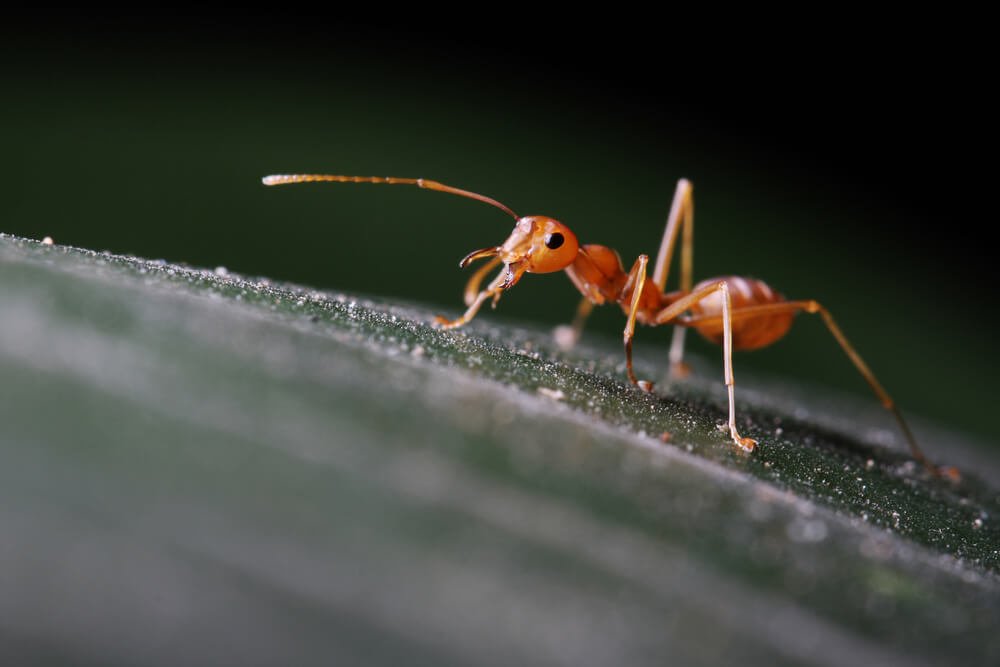You may have noticed the unsightly earthen mounds of the imported fire ant popping up in your home vegetable garden plot. Although fire ants can be beneficial insects, the problems they cause in urban areas usually outweigh the benefits.
Fire ant stings can pose a serious medical threat during weeding and harvesting.
Occasionally feeding on vegetable plants in home gardens, they tunnel underground into potatoes and feed on okra buds and the developing pods.
Fire ants prey on landscape and garden pests such as flea larvae, ticks, cockroach eggs and caterpillars, but protect or “tend” others, such as aphids, by keeping the aphid’s natural enemies away, making the aphid infestation worse.
It may not be possible to completely eradicate fire ants, but we can make them easier to live with. Rarely is there a single best method for managing fire ants. The best management programs use a combination of nonchemical and chemical methods that are the least harmful to the environment, yet effective and economical.
The most important first step in any management program is to properly identify the pest.
People are often surprised to learn there are many different types of ants.
If the ants in your vegetable garden have been properly identified as fire ants, the next step is to choose a plan to manage them. There are bait products and contact insecticides labeled specifically for fire ant management in the vegetable garden.

A fire ant mound may look tame but when disturbed, an angry mob of ants will swarm to the top ready to attack. file/staff
When using any kind of pesticide, always read and understand the entire pesticide label and strictly follow all the instructions as written.
If you do not understand the label, or need additional information, contact your local Clemson Extension Office for interpretation or further instruction.
Keep in mind that it is still a little too early for fire ant bait treatments, due to the cool/cold nighttime temperatures in our area. The earliest I recommend using a bait product inside the garden is late April to early May.
Products containing spinosad (such as Ferti-lome Come and Get It! or Payback Fire Ant Bait) can be used in spring. Ideally, the timing for using bait treatment in the garden is late September to early October. Using Extinguish Fire Ant Bait (methoprene) or Esteem Ant Bait (pyriproxyfen) in the fall will help control fire ants in the spring.
When applying a fire ant bait treatment, be sure that the fire ants are actively foraging by using the potato chip test: Put out a regular, greasy potato chip. After 30 minutes, check the potato chip for the presence of fire ants.
If fire ants are present, they are foraging and the bait can be applied.
If there are no fire ants present, do not apply the bait product. Bait only when the fire ants are foraging.
Products that are not specifically registered for use in the home vegetable garden, such as products registered for controlling ants in turf areas, can be applied outside the garden’s perimeter as a barrier.
Foraging ants from colonies both inside and outside the garden will collect the bait and take it back to their colonies.
In fact, a perimeter bait treatment on a small garden, less than 1/4 acre, is often a very effective way to manage fire ants within the garden.
Contact PermaTreat Pest and Termite Control for a professional evaluation and control!








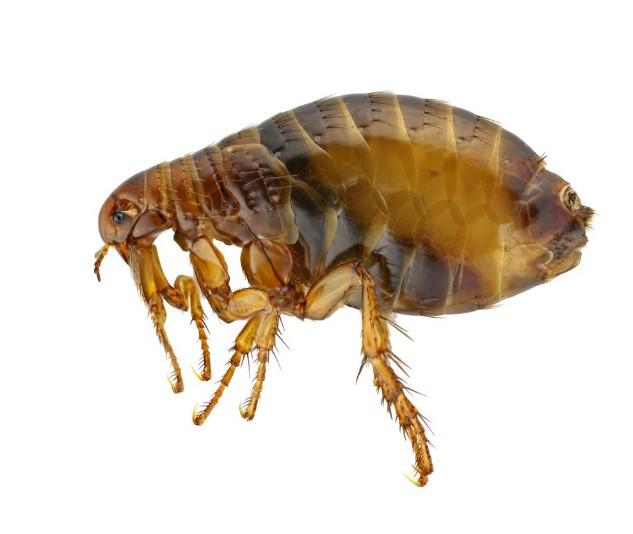
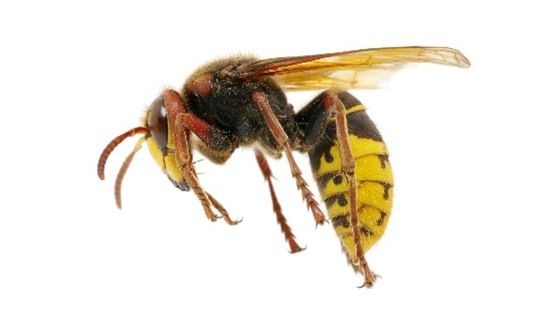
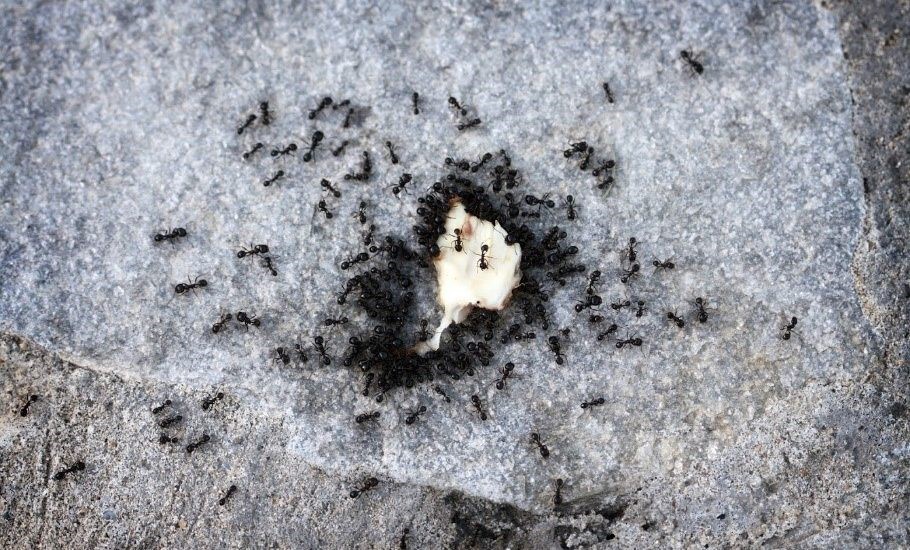


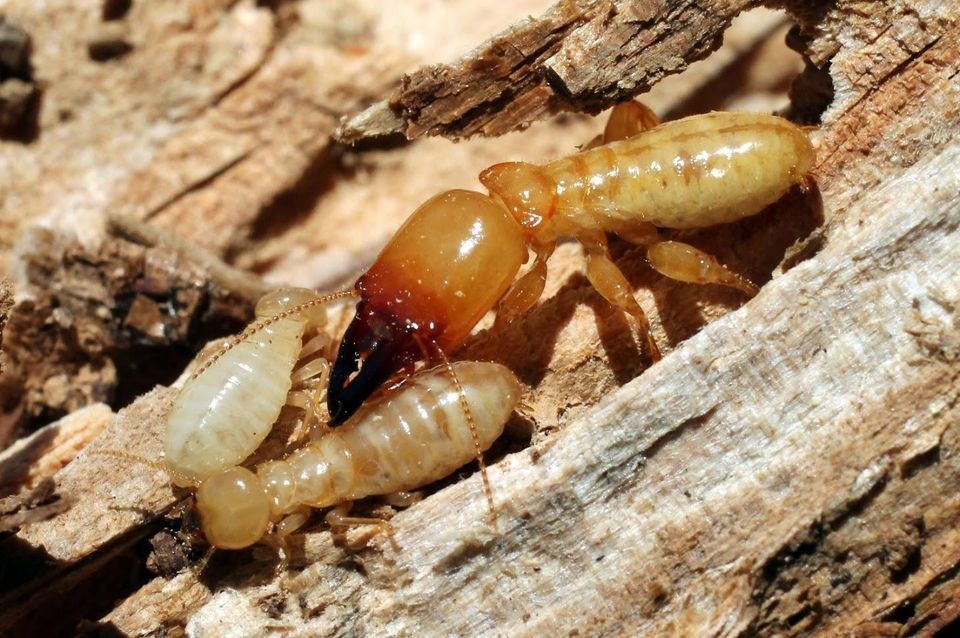
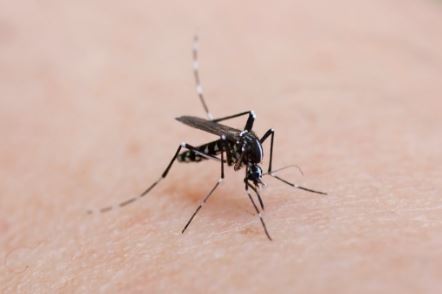
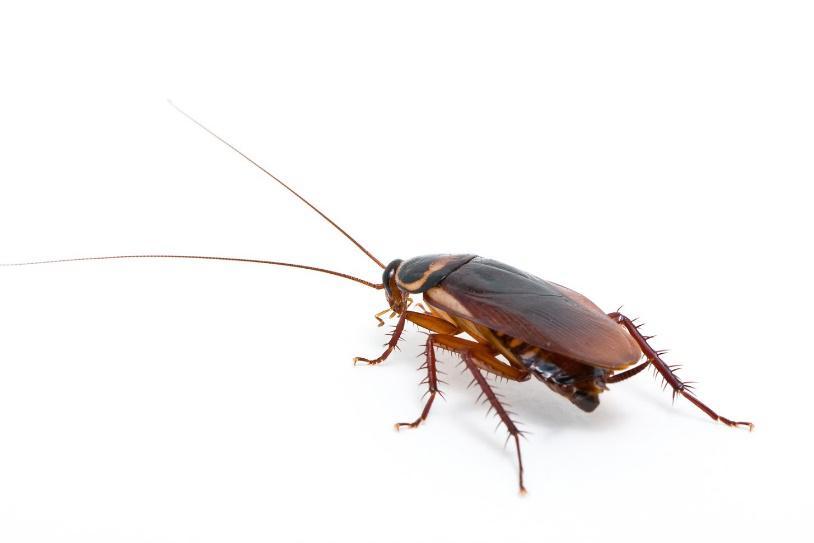

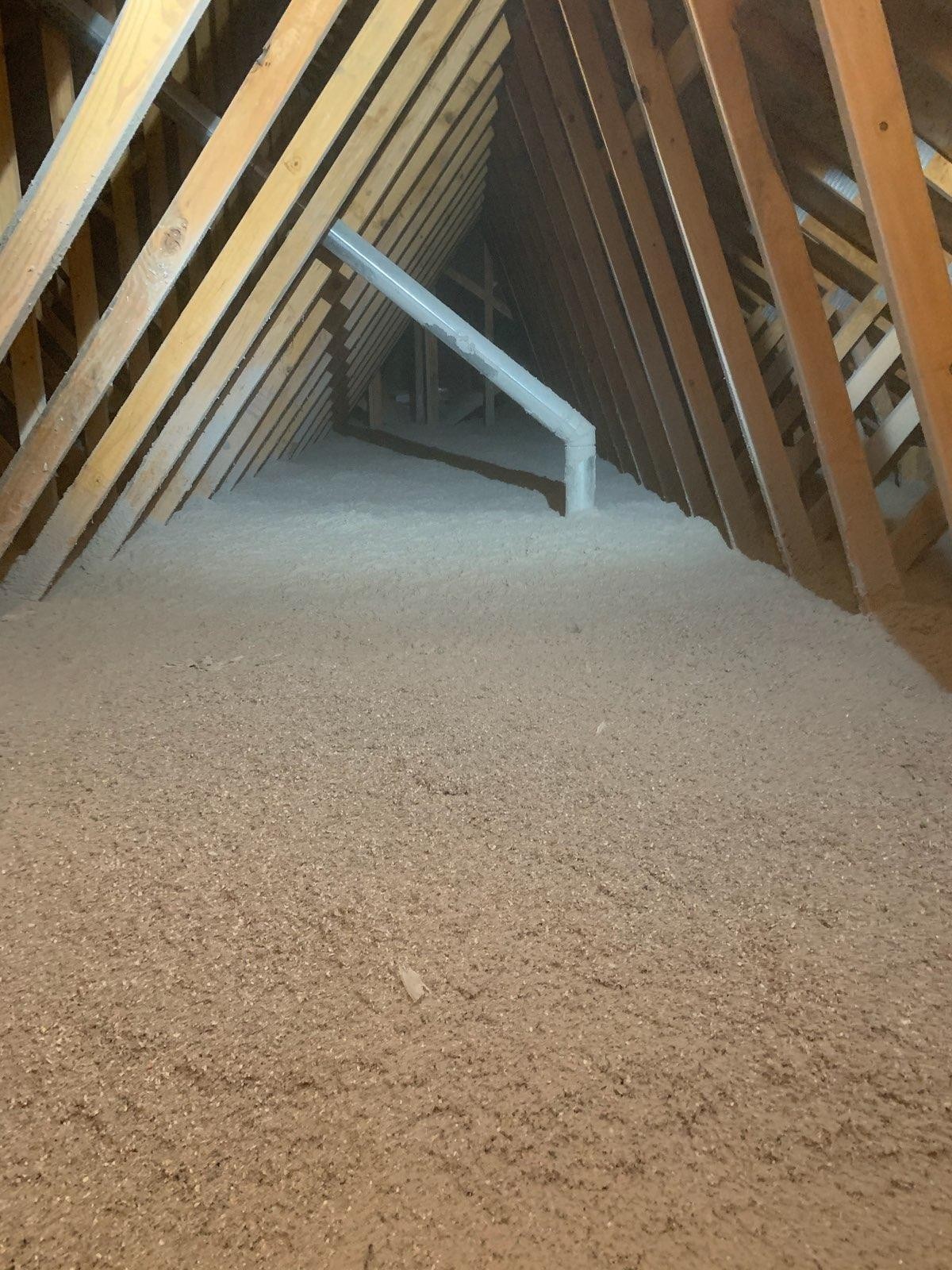
 Most homes have rain gutters than run the perimeter of the house at the roof line. The gutters, in conjunction with downspouts, carry water away from your home’s foundation. Without rain gutters and downspouts, water would simply run off the roof, down the side walls, and pool at the base, causing problems.
Most homes have rain gutters than run the perimeter of the house at the roof line. The gutters, in conjunction with downspouts, carry water away from your home’s foundation. Without rain gutters and downspouts, water would simply run off the roof, down the side walls, and pool at the base, causing problems.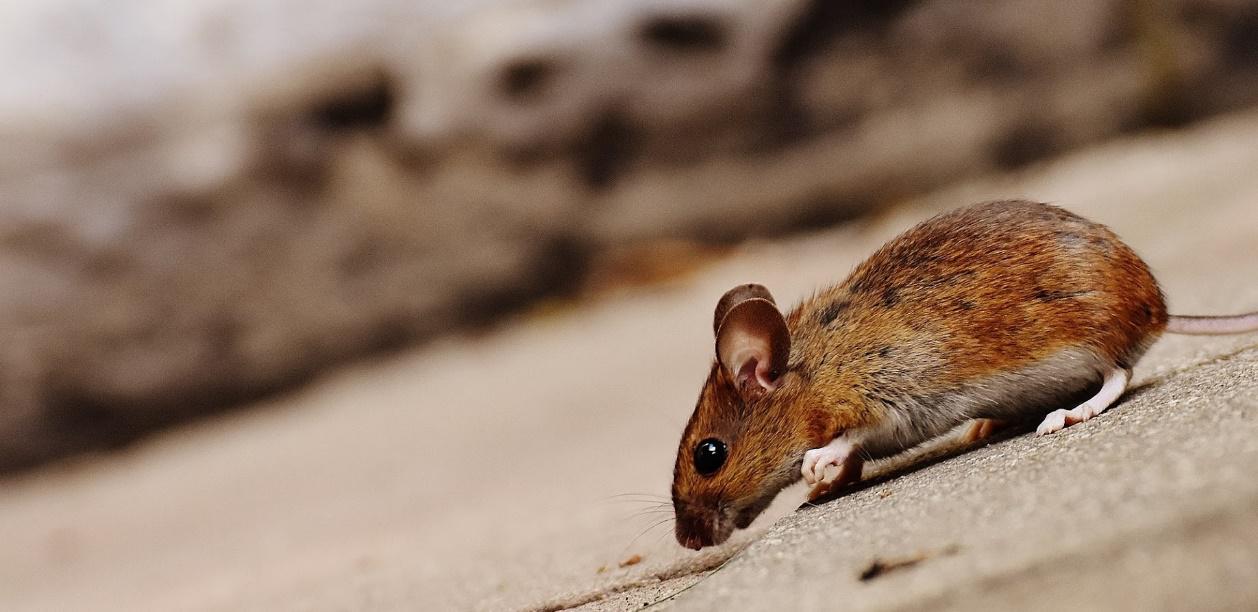 When fall comes around, many people like to hunker down in their homes to stay warm and comfortable as the temperatures drop. Unfortunately, certain pests and rodents may have the same idea and try to take up residence in your house.
When fall comes around, many people like to hunker down in their homes to stay warm and comfortable as the temperatures drop. Unfortunately, certain pests and rodents may have the same idea and try to take up residence in your house. 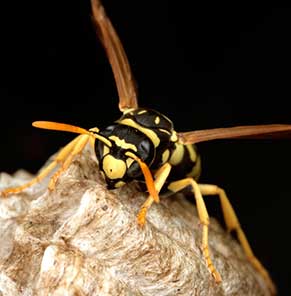 What are those yellow-striped bugs flying around your house and making loud buzzing noises? Are they bees or yellow jackets? How can you tell which bug is which? Here’s important information about bees and yellow jackets to help you spot the differences between the two insects.
What are those yellow-striped bugs flying around your house and making loud buzzing noises? Are they bees or yellow jackets? How can you tell which bug is which? Here’s important information about bees and yellow jackets to help you spot the differences between the two insects.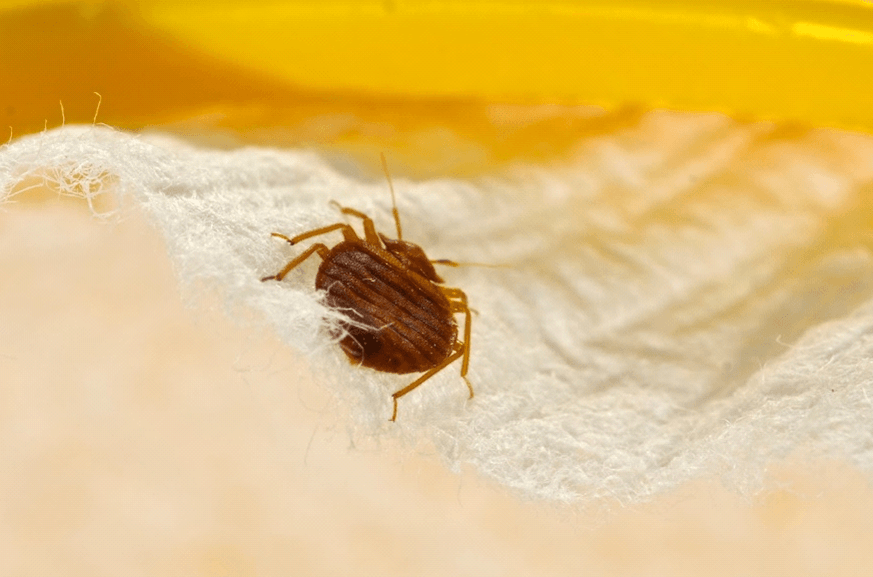

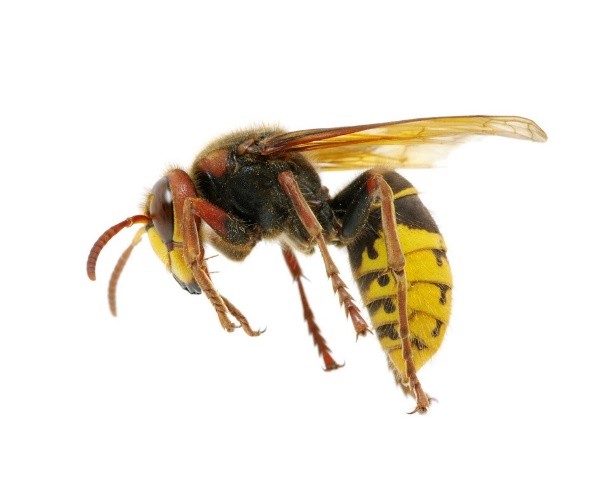 Summer means an increase in insects that fly and sting, like bees and wasps. If your business is related to the food service industry, you may face special challenges concerning flying stingers.
Summer means an increase in insects that fly and sting, like bees and wasps. If your business is related to the food service industry, you may face special challenges concerning flying stingers.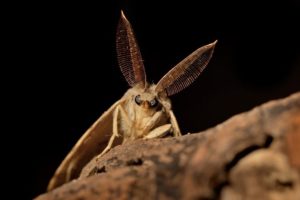
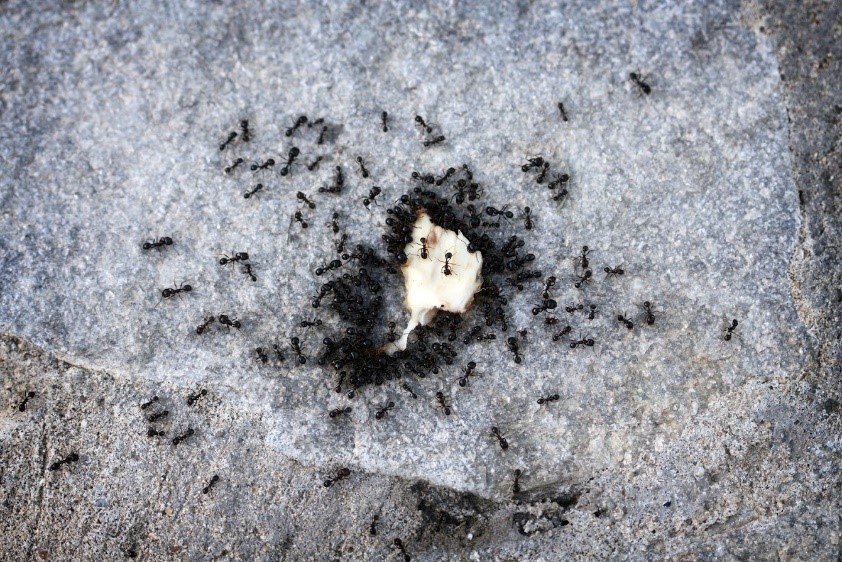
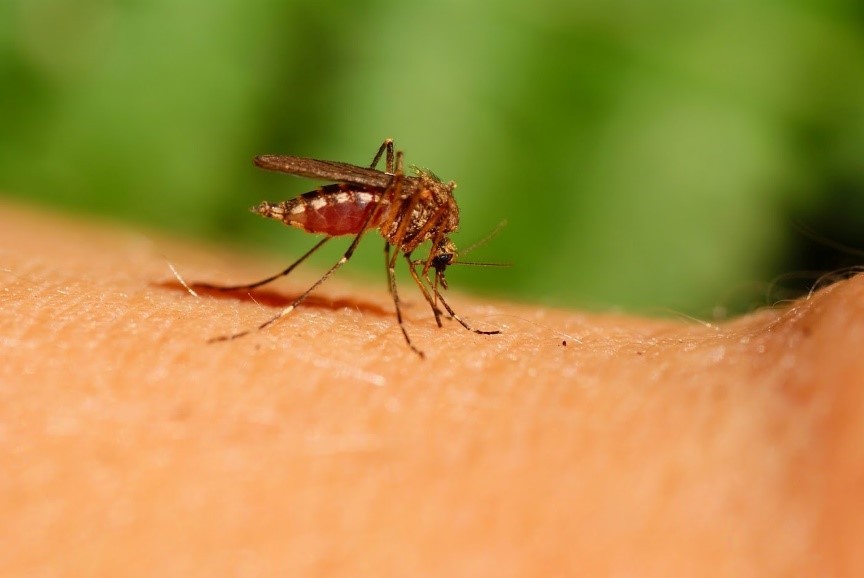
 When you look for a hotel, you probably look for amenities like a comfortable bed, a pool, and good room service. Pests are not nearly as picky. In fact, the more damp and musty the space, the more attractive they’ll find it. Your crawl space, for example, may appear to be the perfect hotel for insects, rodents, and other pests — especially as they seek shelter from the cold this winter.
When you look for a hotel, you probably look for amenities like a comfortable bed, a pool, and good room service. Pests are not nearly as picky. In fact, the more damp and musty the space, the more attractive they’ll find it. Your crawl space, for example, may appear to be the perfect hotel for insects, rodents, and other pests — especially as they seek shelter from the cold this winter.
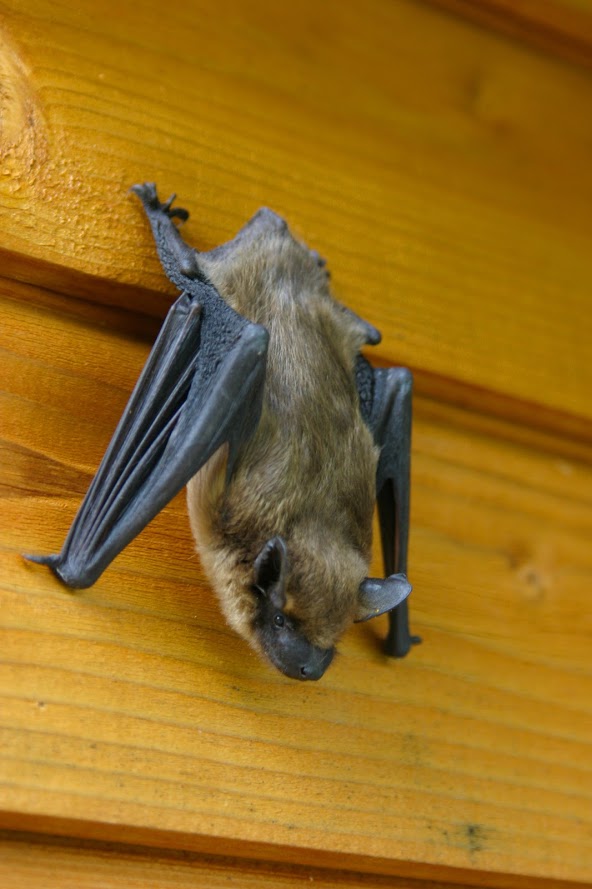


 When we think of larger pests like mice or skunks, we often think of a direct odor associated with them. The same association is typically not applied to insects. While you might see many signs of an insect infestation in your home, the smell of an insect could be one of the key factors.
When we think of larger pests like mice or skunks, we often think of a direct odor associated with them. The same association is typically not applied to insects. While you might see many signs of an insect infestation in your home, the smell of an insect could be one of the key factors.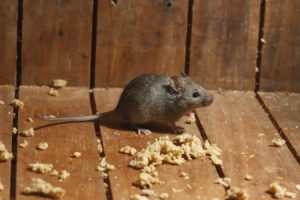 Bats, rodents, birds, wildlife and even insects can find their way into your attic to make themselves at home. The insulation in your attic, along with relatively private quarters, makes this often-ignored space of your house inviting for a variety of pests.
Bats, rodents, birds, wildlife and even insects can find their way into your attic to make themselves at home. The insulation in your attic, along with relatively private quarters, makes this often-ignored space of your house inviting for a variety of pests.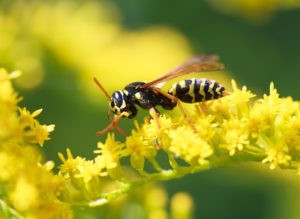 With spring comes warmer temperatures and the increased risk of pests around the home. A pest problem can quickly become an infestation without quick action, so do what you can now to prevent pests later on.
With spring comes warmer temperatures and the increased risk of pests around the home. A pest problem can quickly become an infestation without quick action, so do what you can now to prevent pests later on.
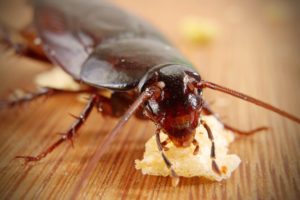 In the United States, four primary types of cockroaches tend to invade homes: German, American, brown-banded, and Oriental cockroaches. The first three get plenty of attention, but homeowners often forget about the Oriental cockroach. It is a less frequent pest in most areas than the other three, but still, you should know the basics about the Oriental cockroach so you can effectively defend your home.
In the United States, four primary types of cockroaches tend to invade homes: German, American, brown-banded, and Oriental cockroaches. The first three get plenty of attention, but homeowners often forget about the Oriental cockroach. It is a less frequent pest in most areas than the other three, but still, you should know the basics about the Oriental cockroach so you can effectively defend your home.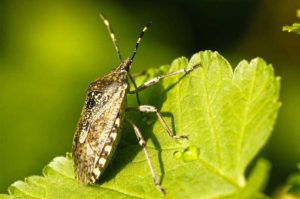 The National Pesticide Information Center reports on a new bug species that has quickly become a pest to both farmers and homeowners: the brown marmorated stink bug. Originating in Asia, this tiny critter poses no health risk to humans.
The National Pesticide Information Center reports on a new bug species that has quickly become a pest to both farmers and homeowners: the brown marmorated stink bug. Originating in Asia, this tiny critter poses no health risk to humans.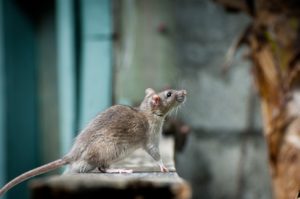 Nobody wants to contend with rodents in their home. Whether you are facing an infestation of house mice, wood mice, or brown rats, you are not happy. Understanding rodent infestations can help you understand how to best deal with them.
Nobody wants to contend with rodents in their home. Whether you are facing an infestation of house mice, wood mice, or brown rats, you are not happy. Understanding rodent infestations can help you understand how to best deal with them.









